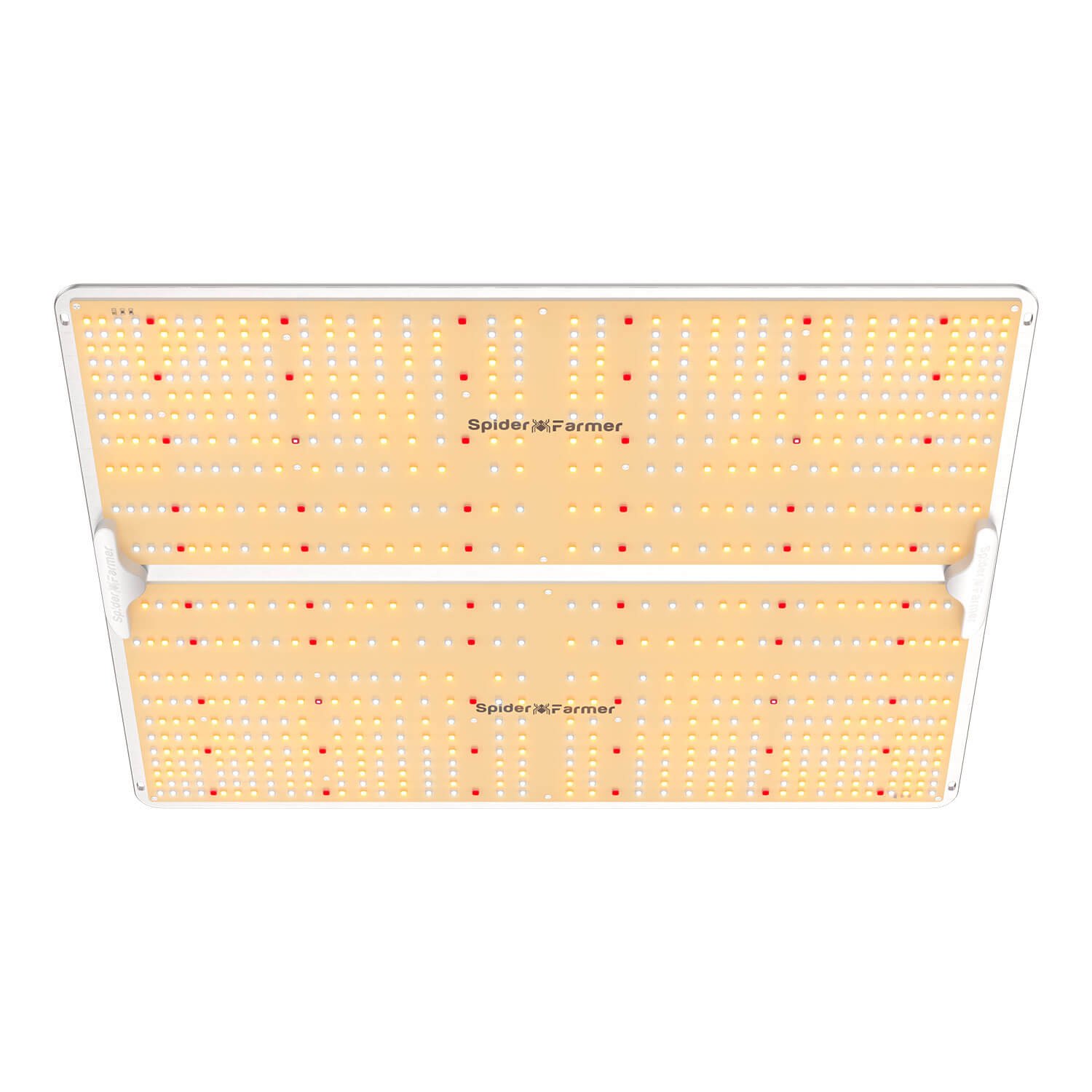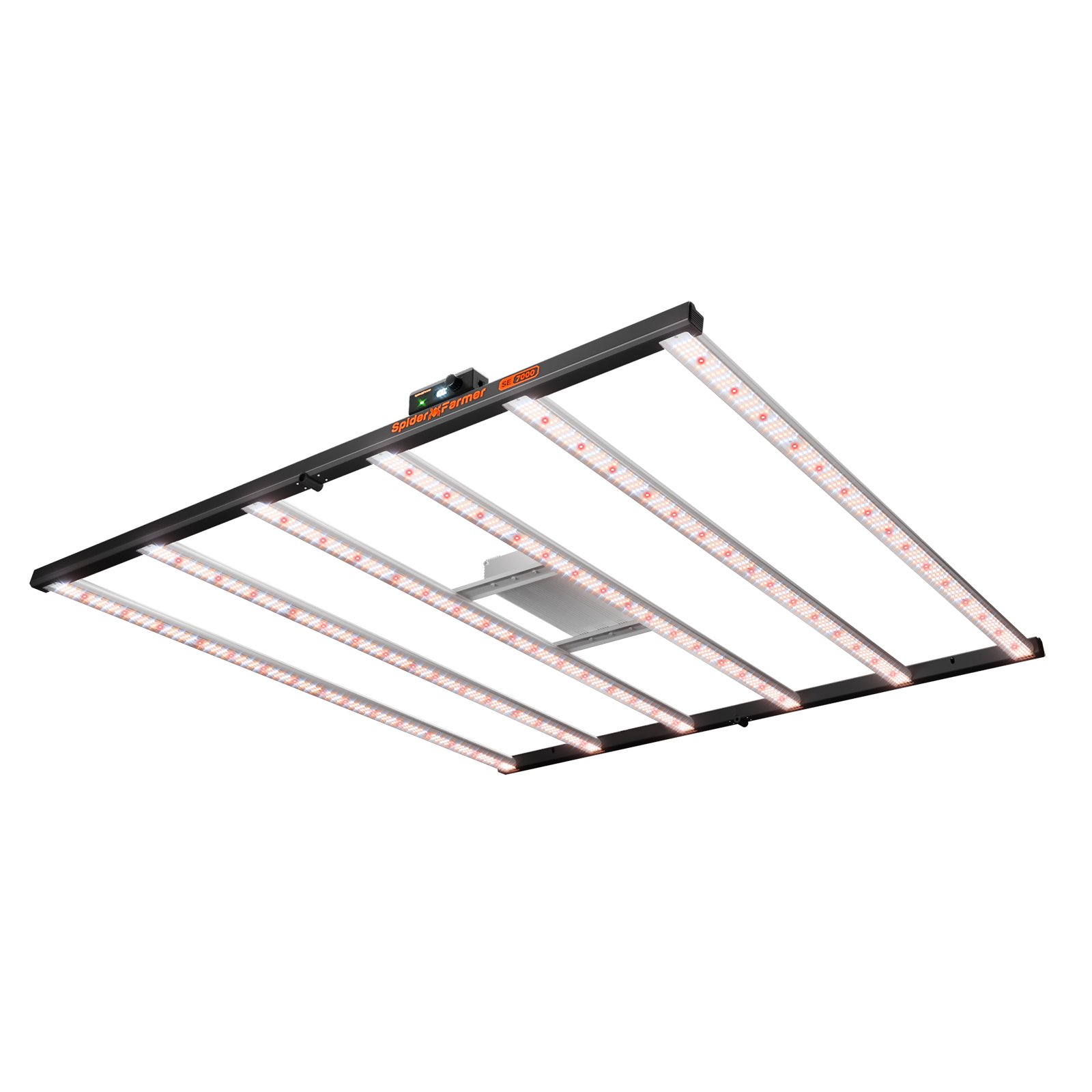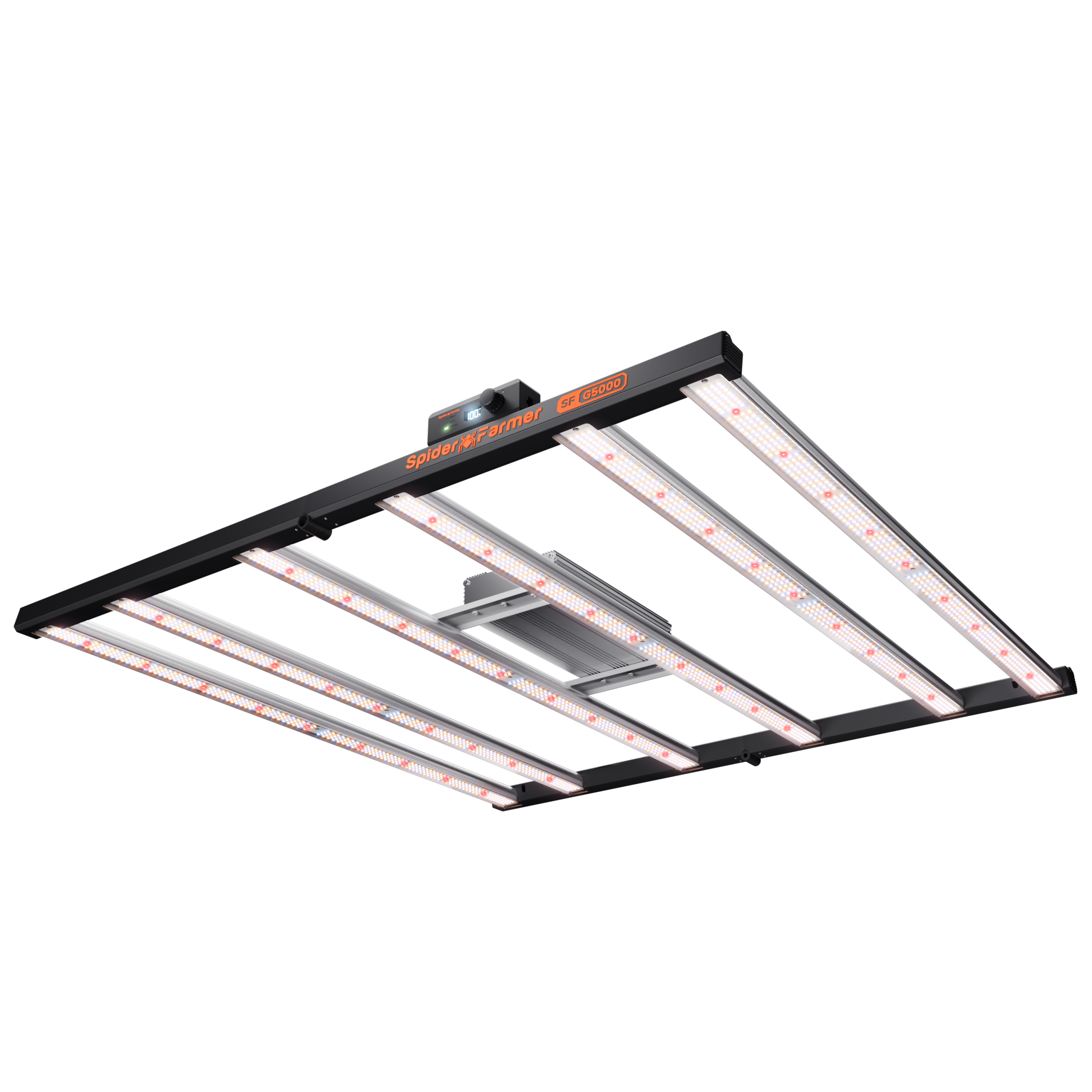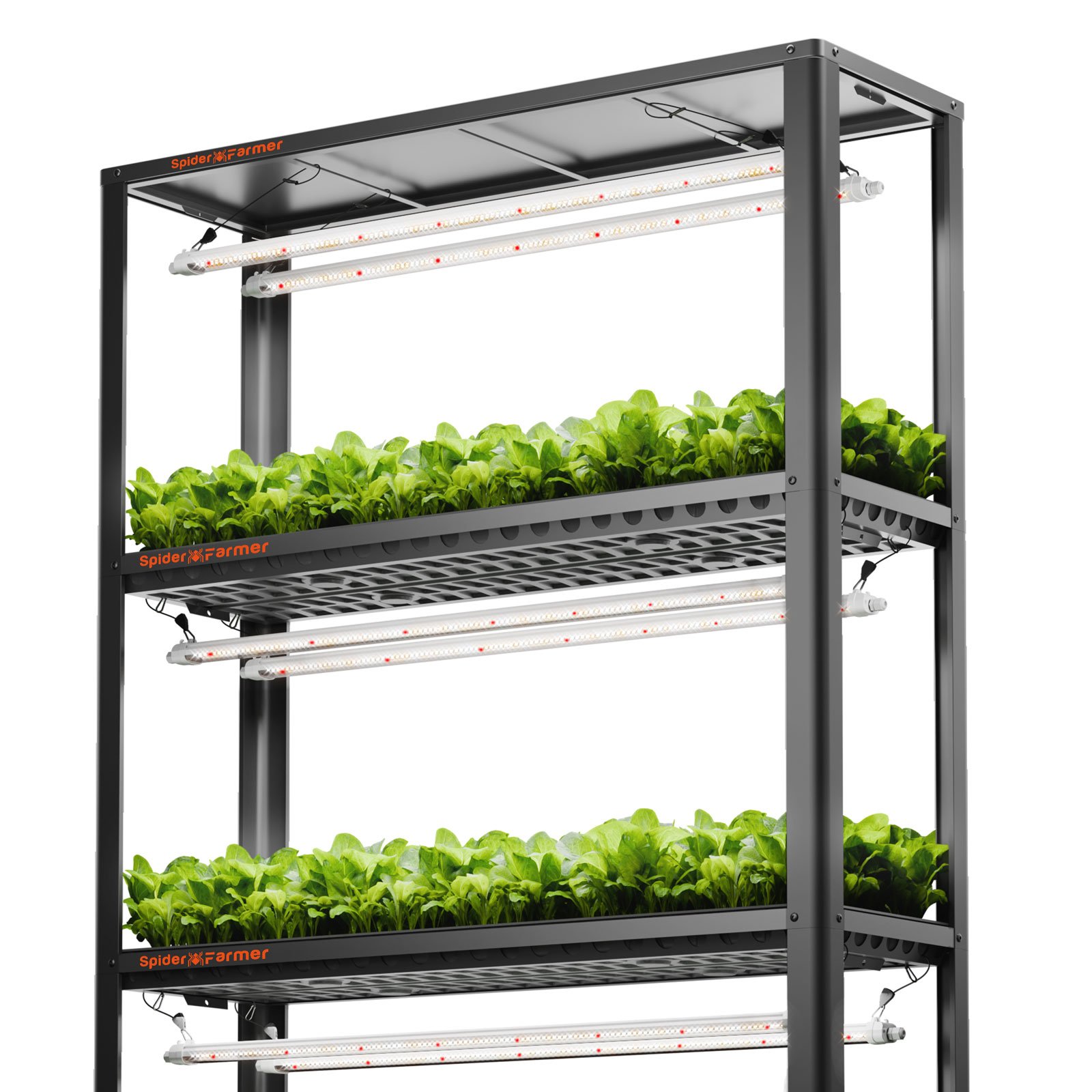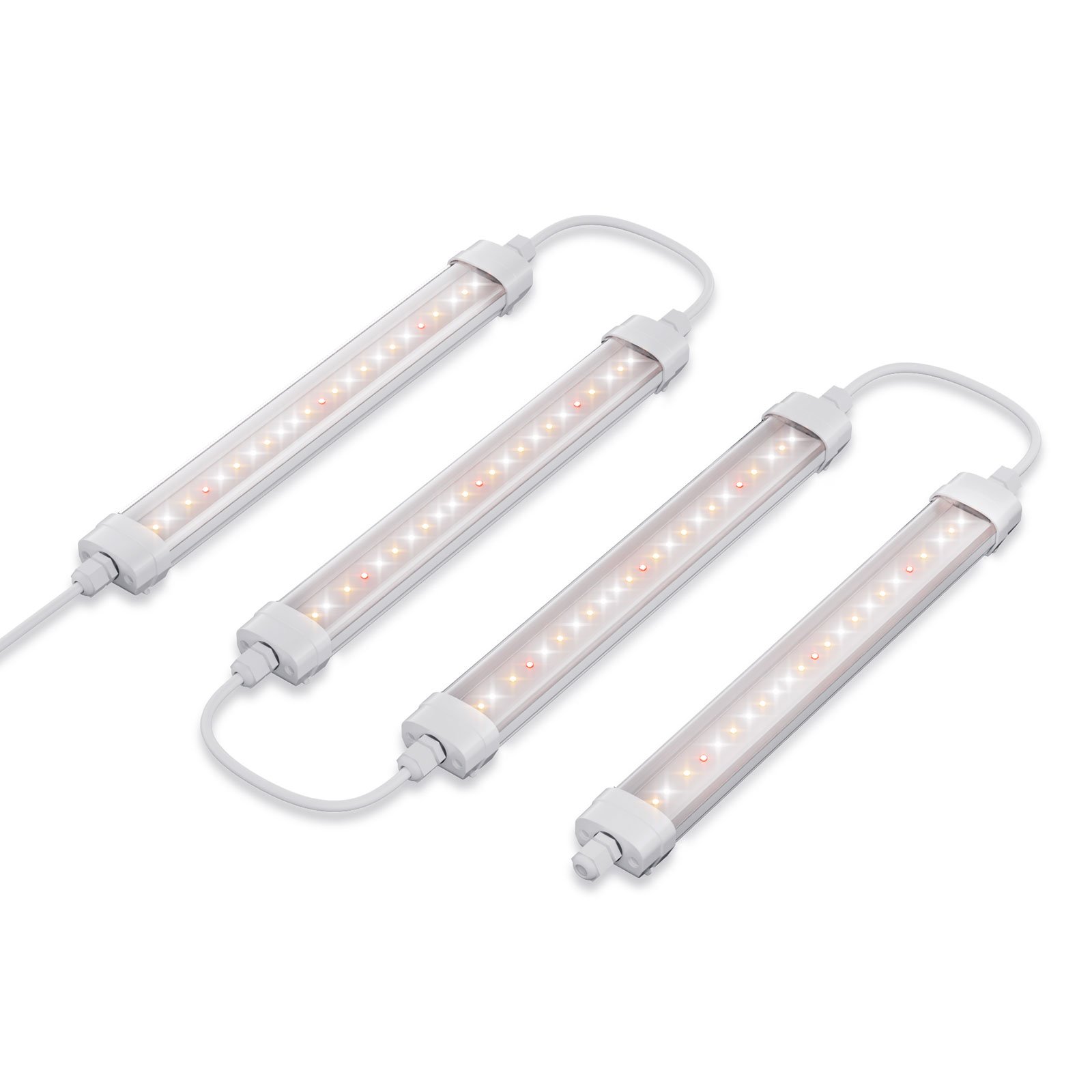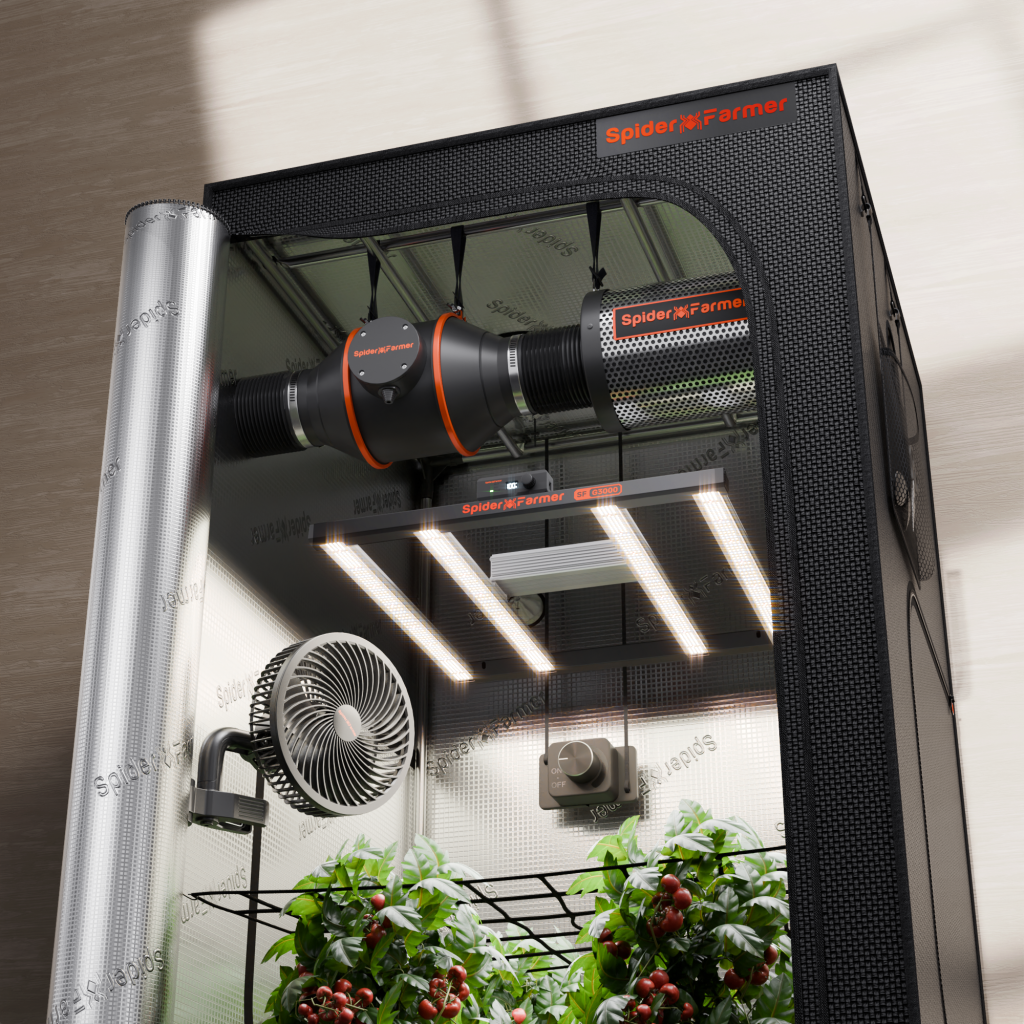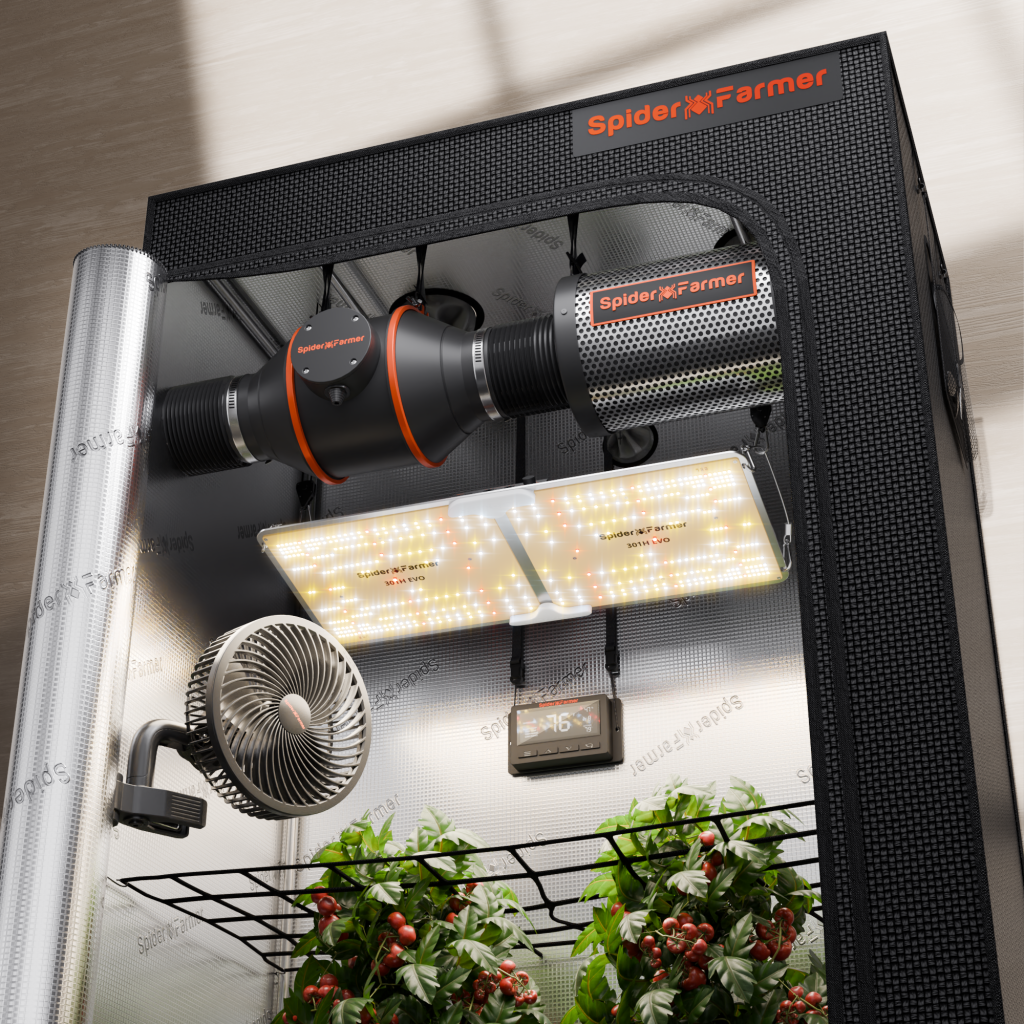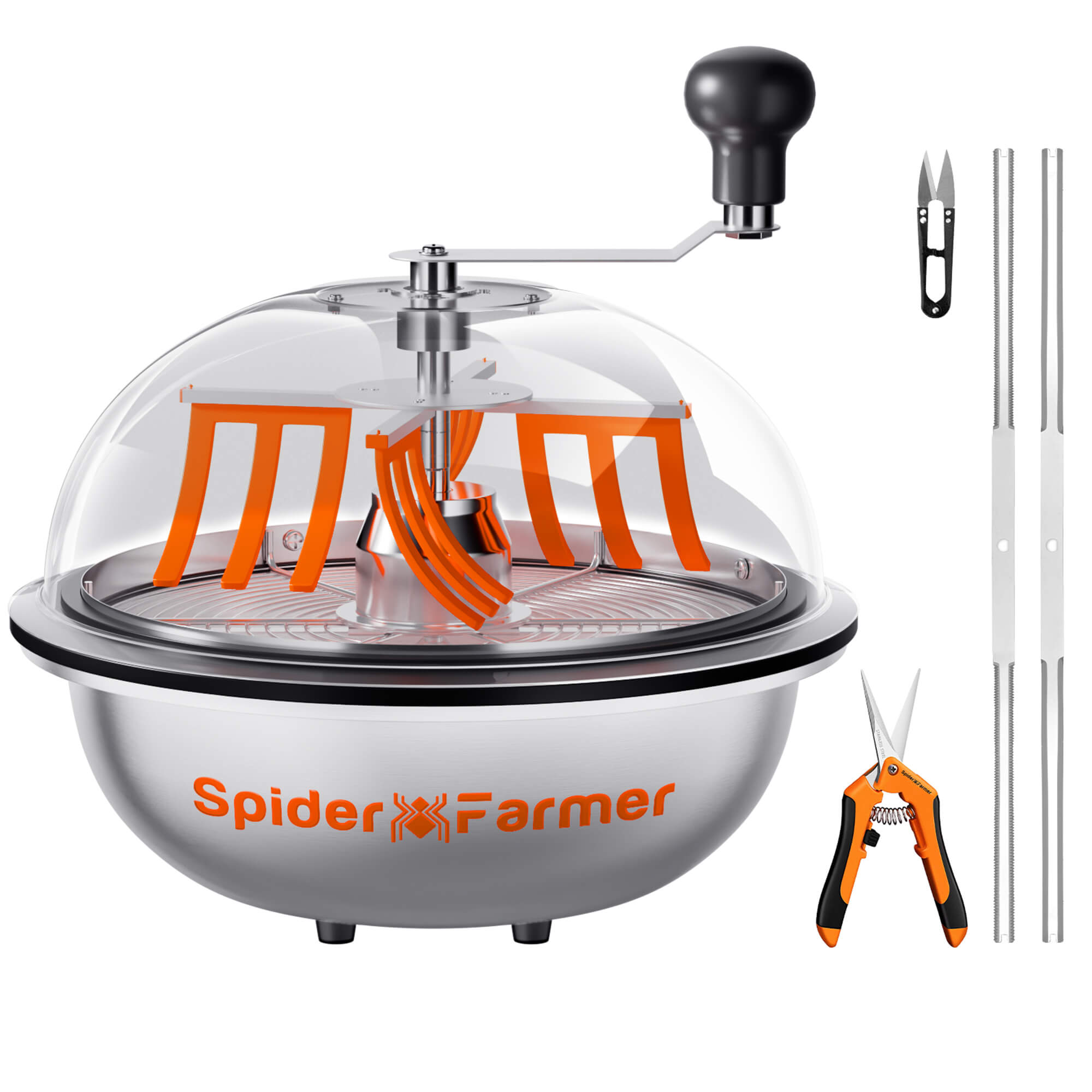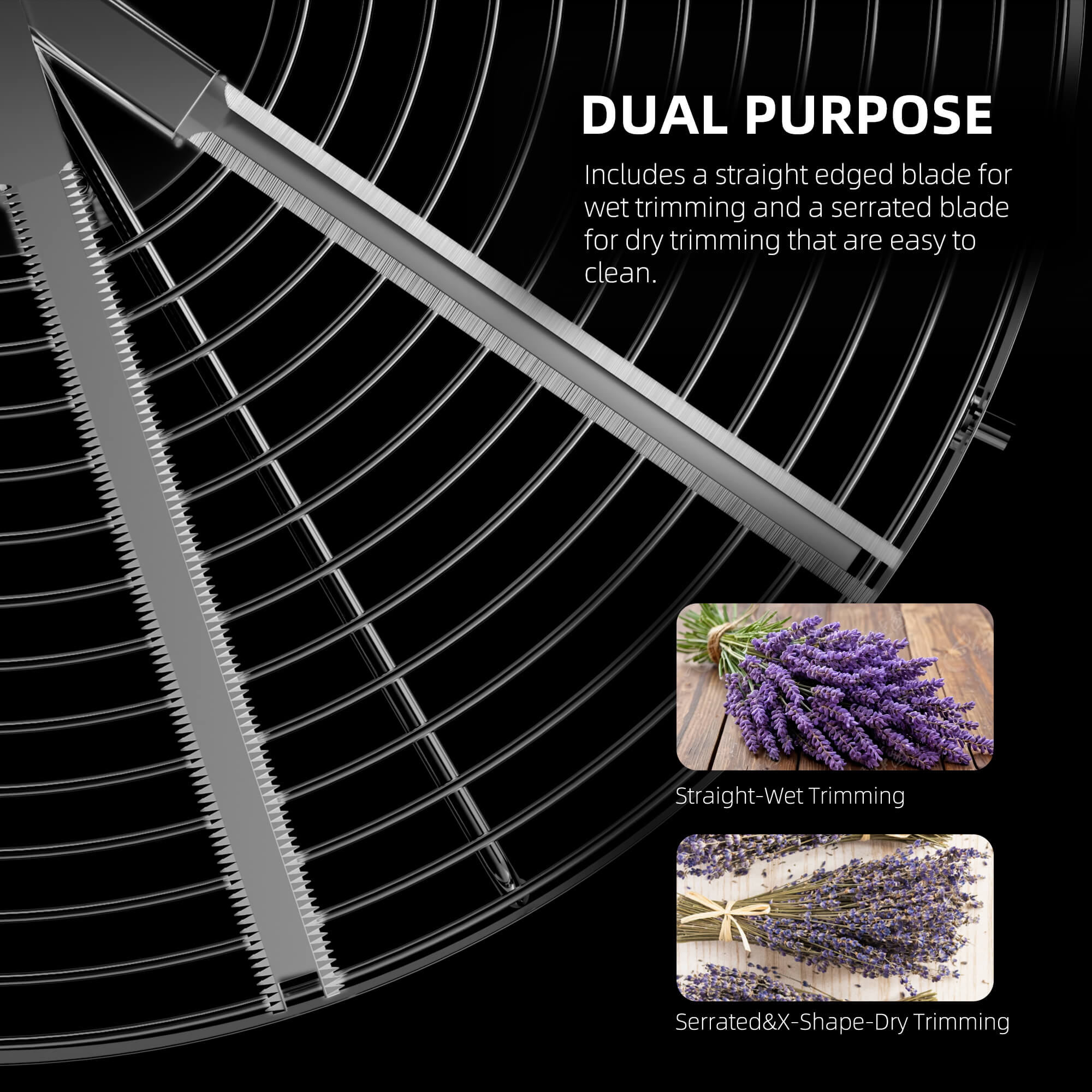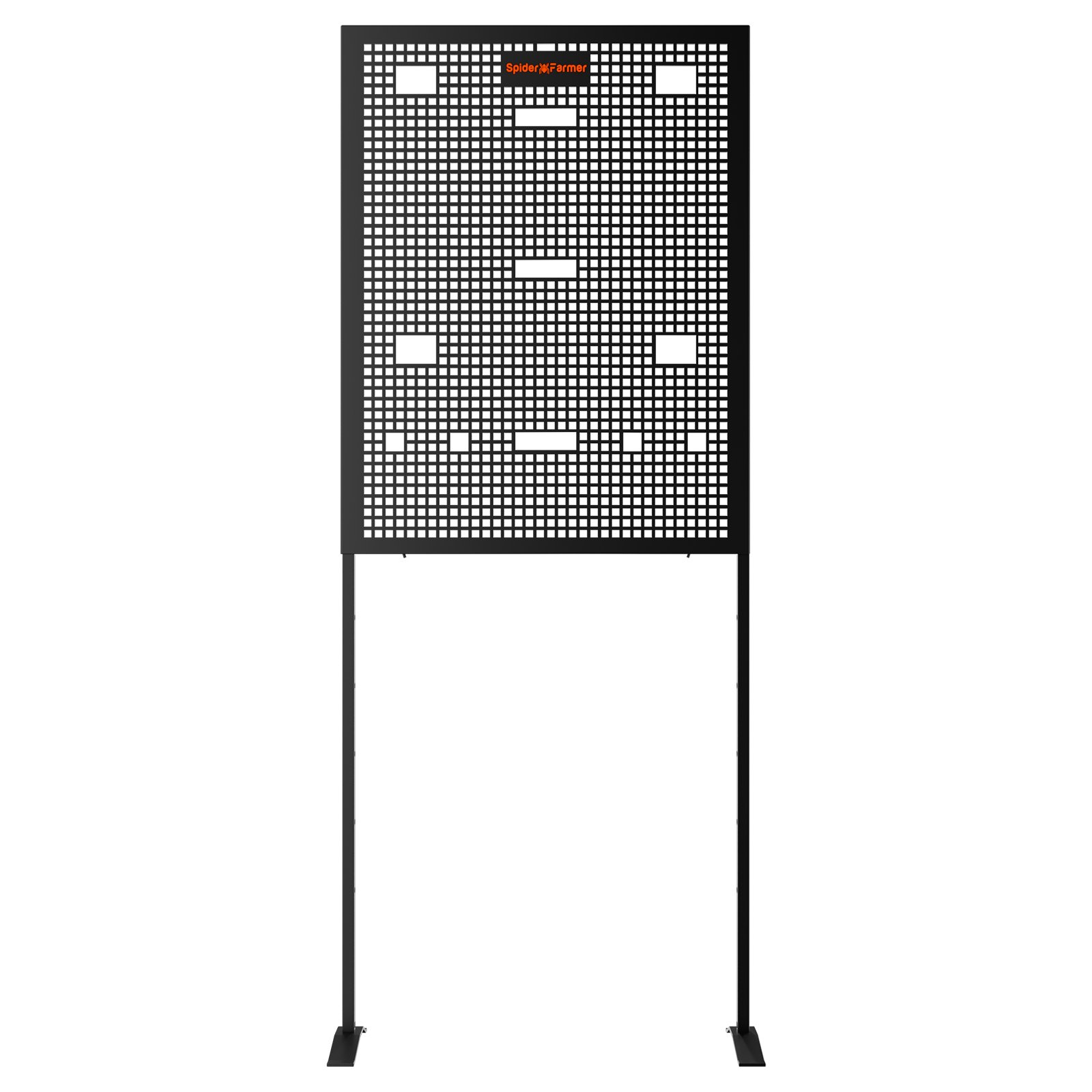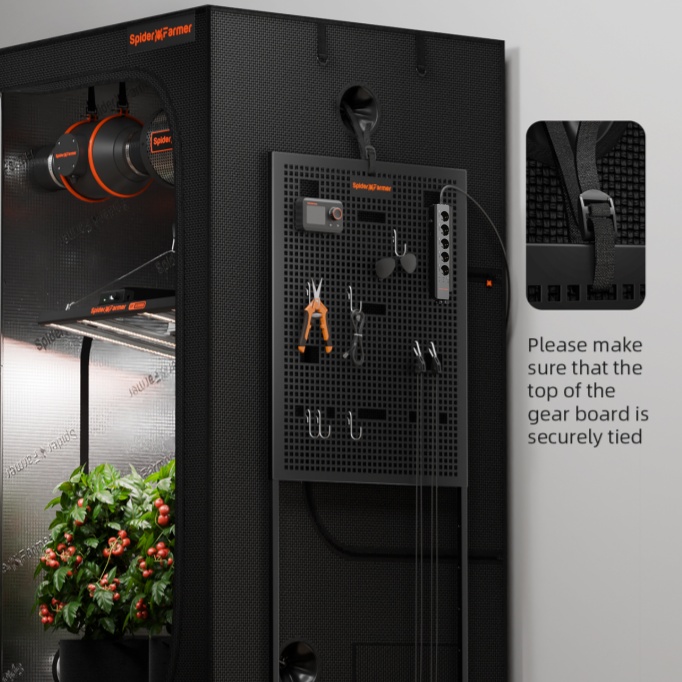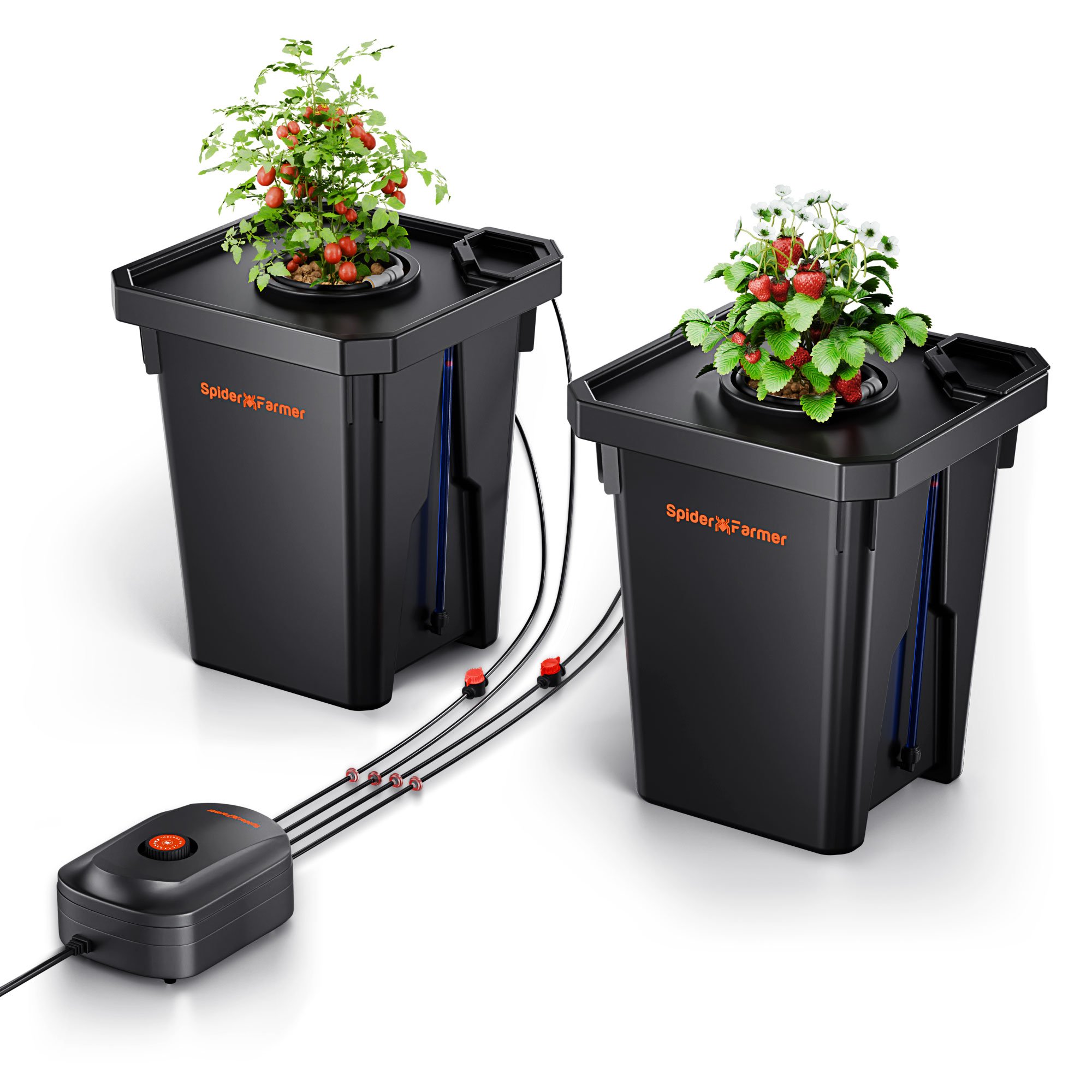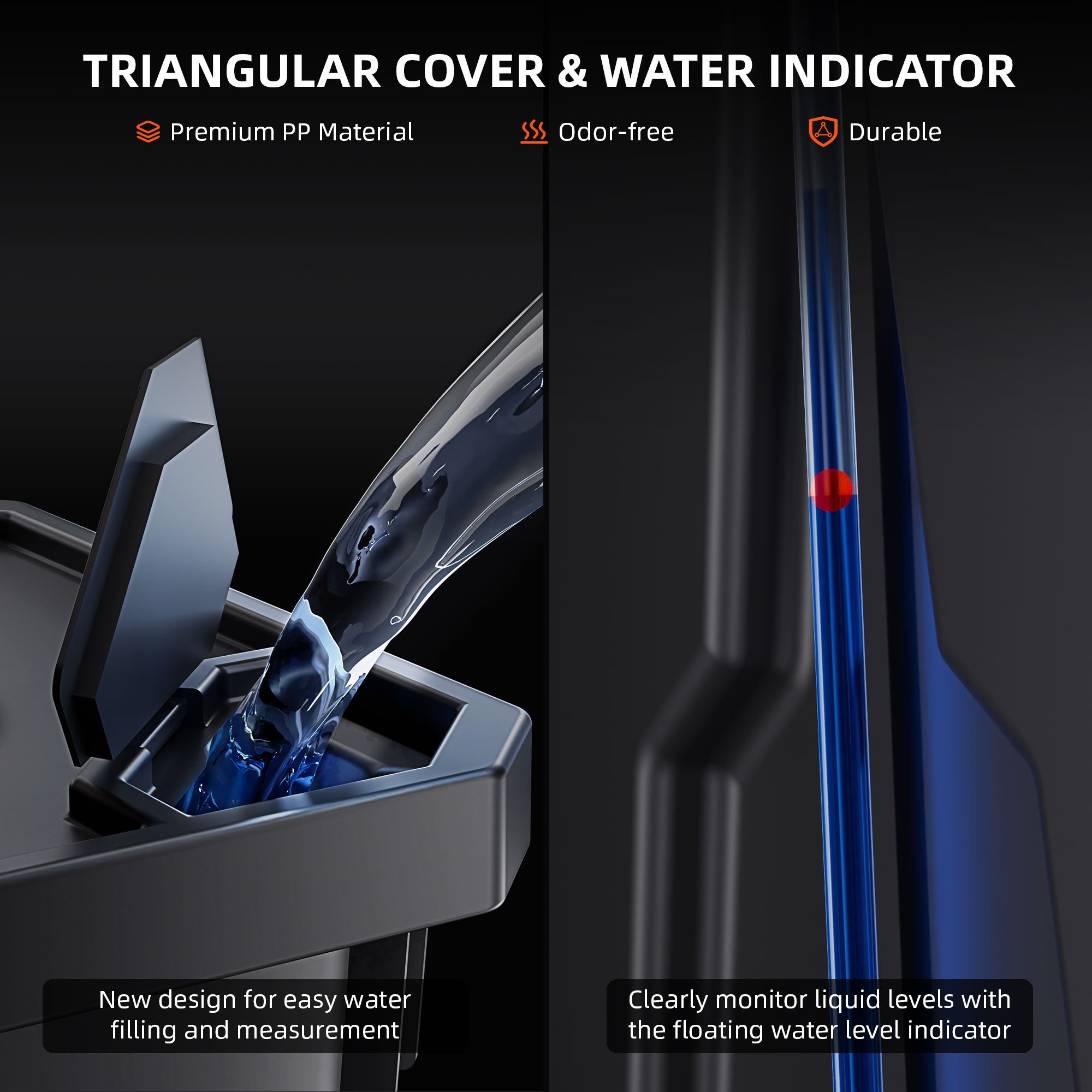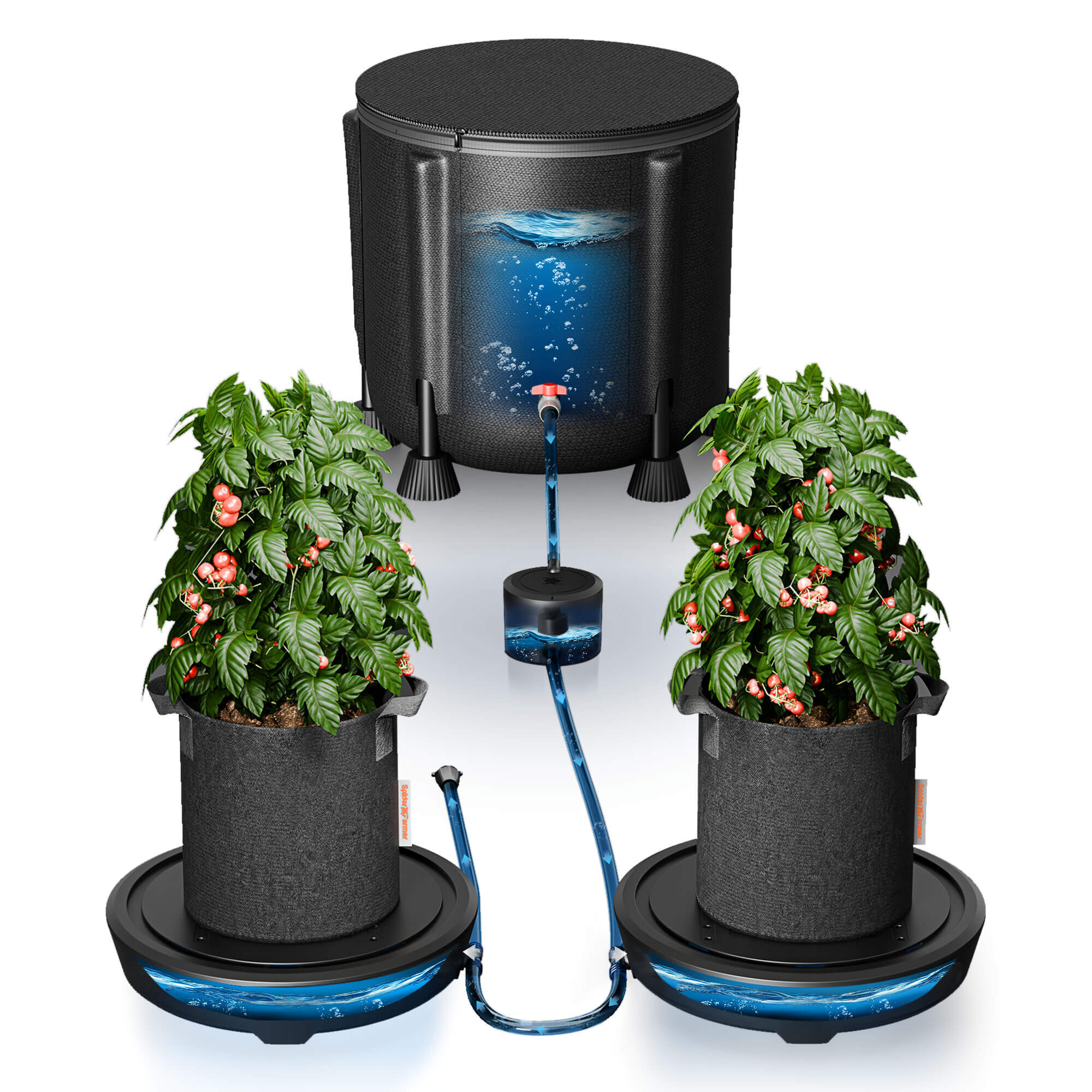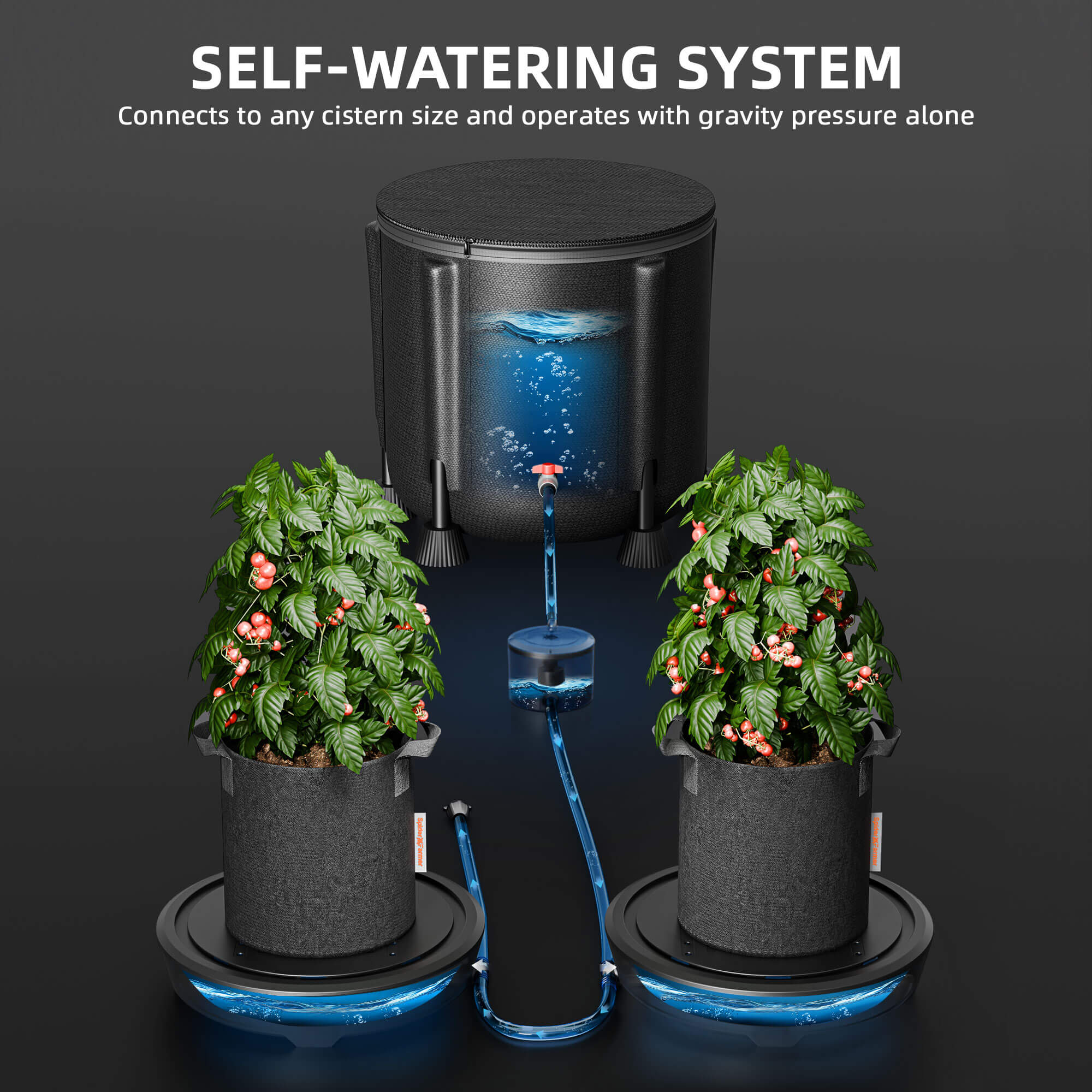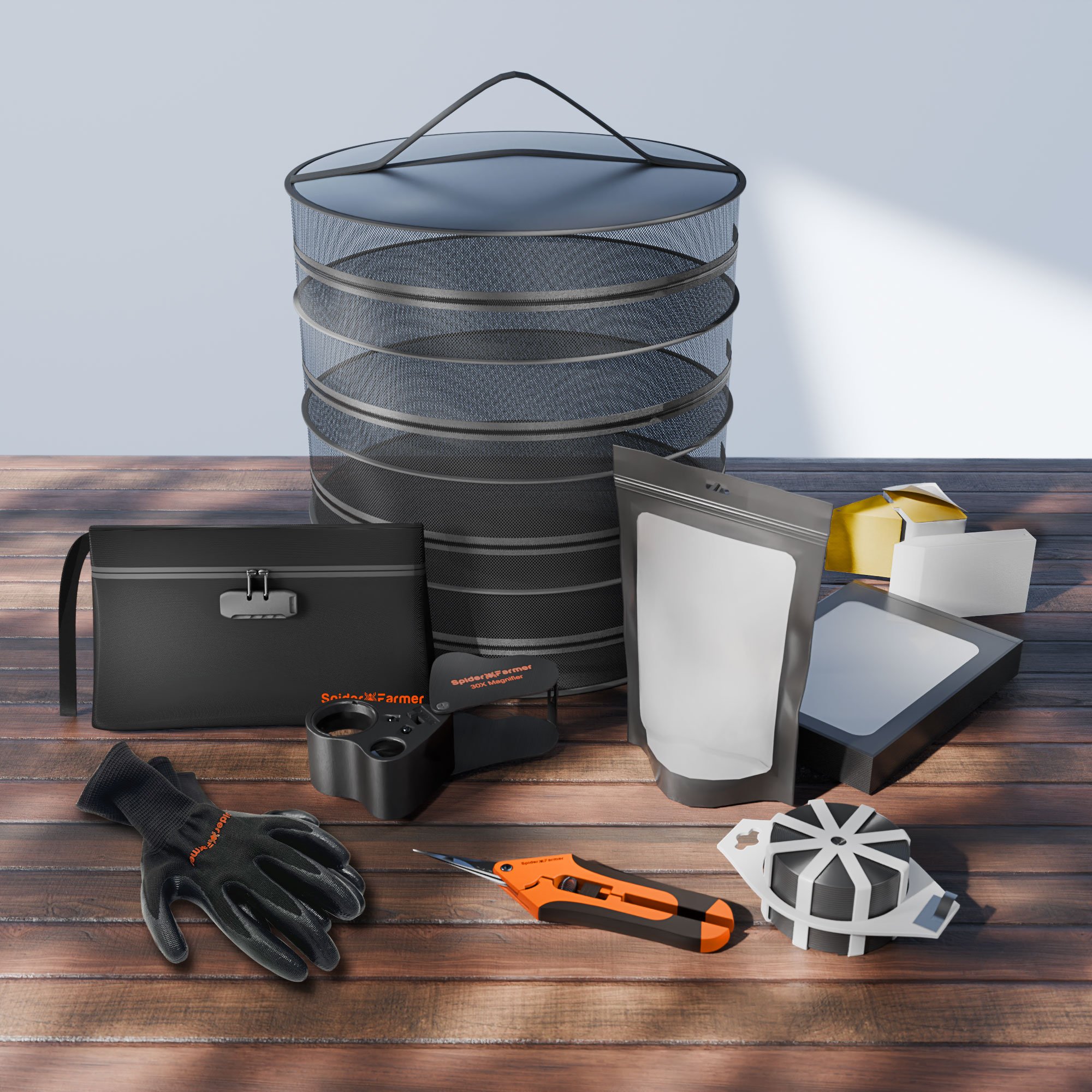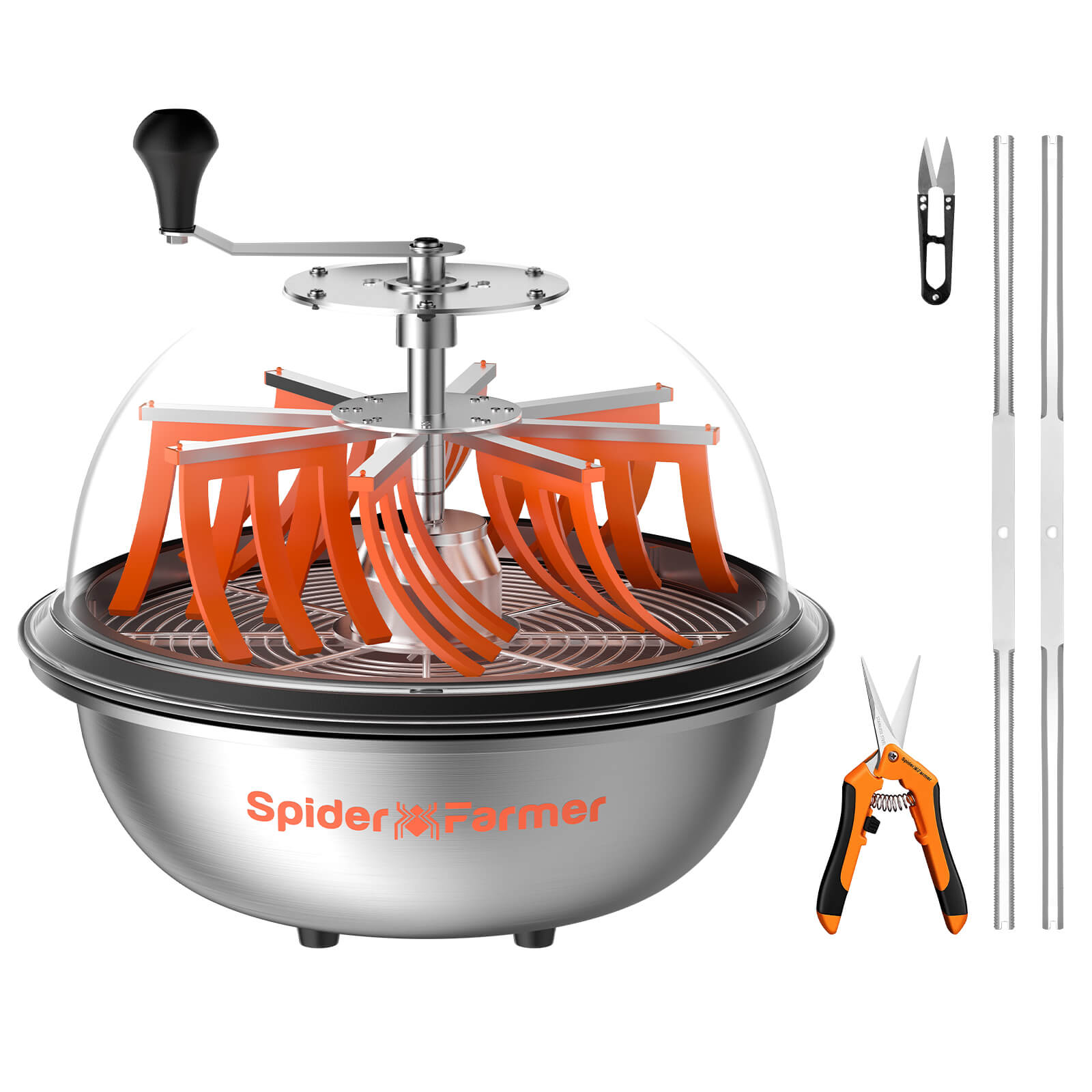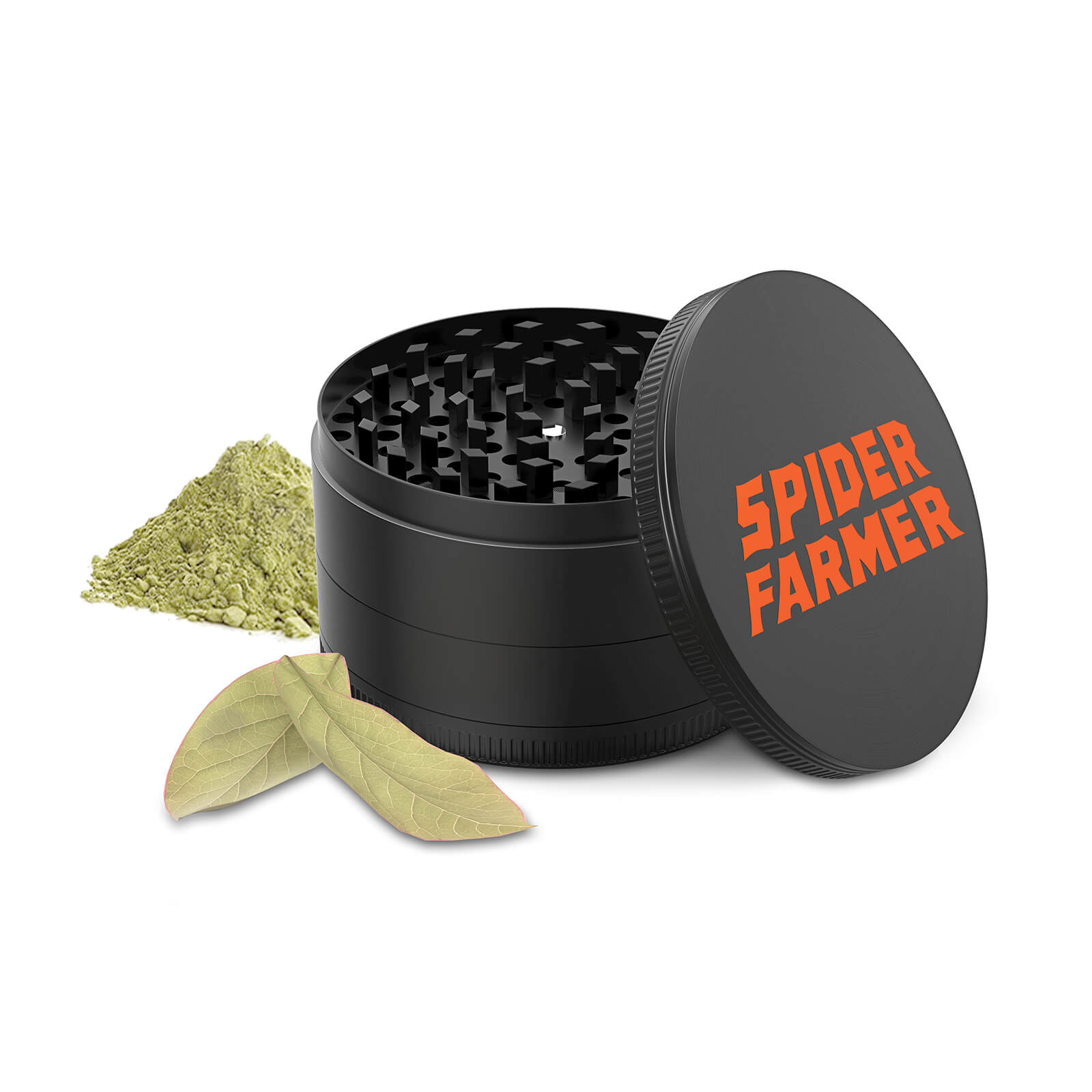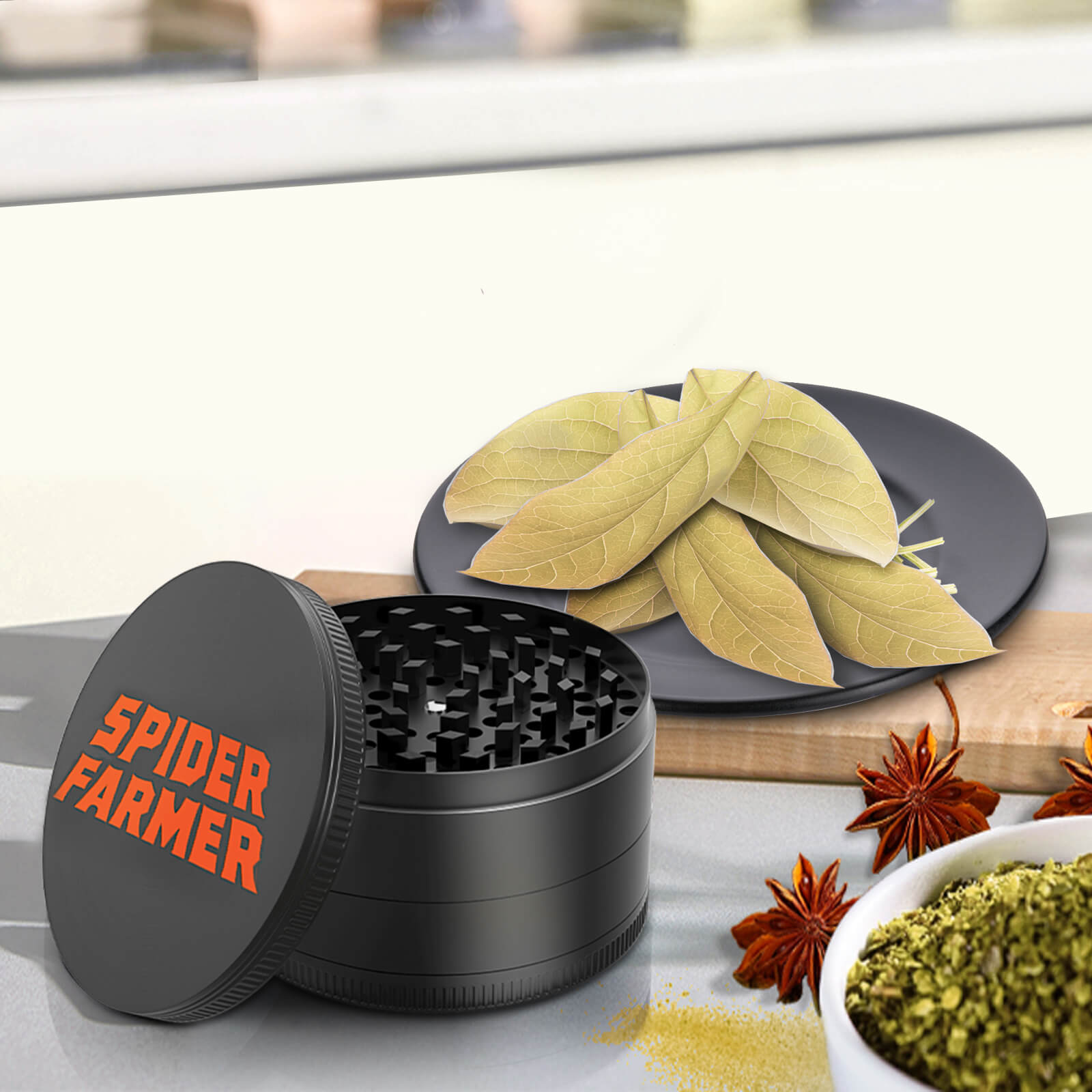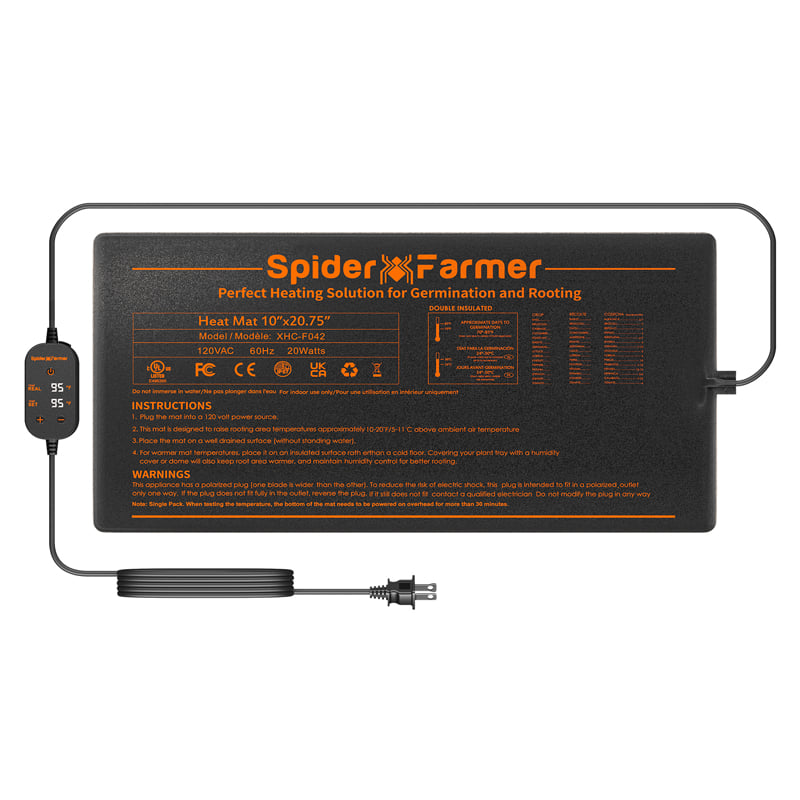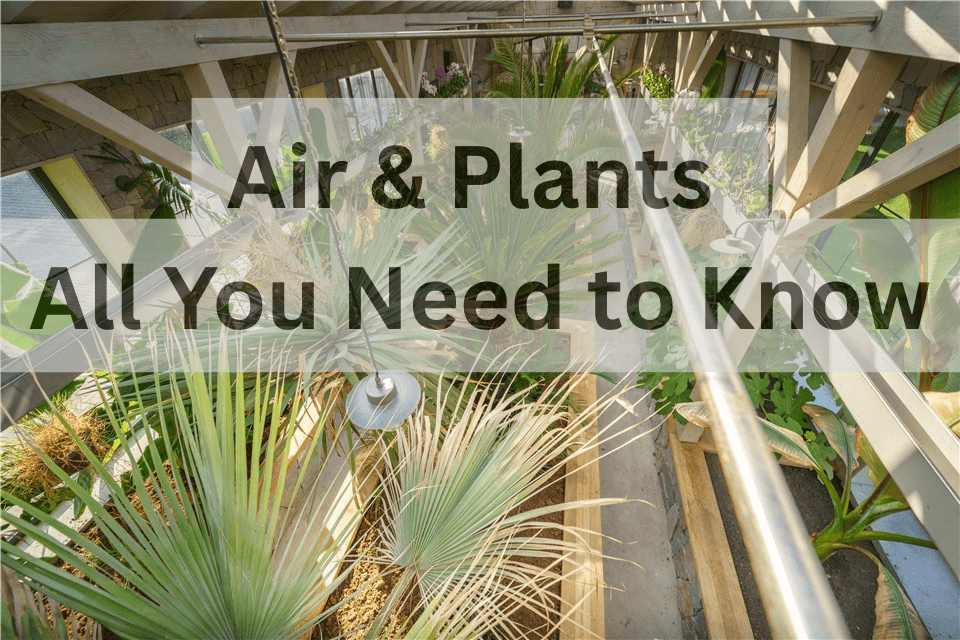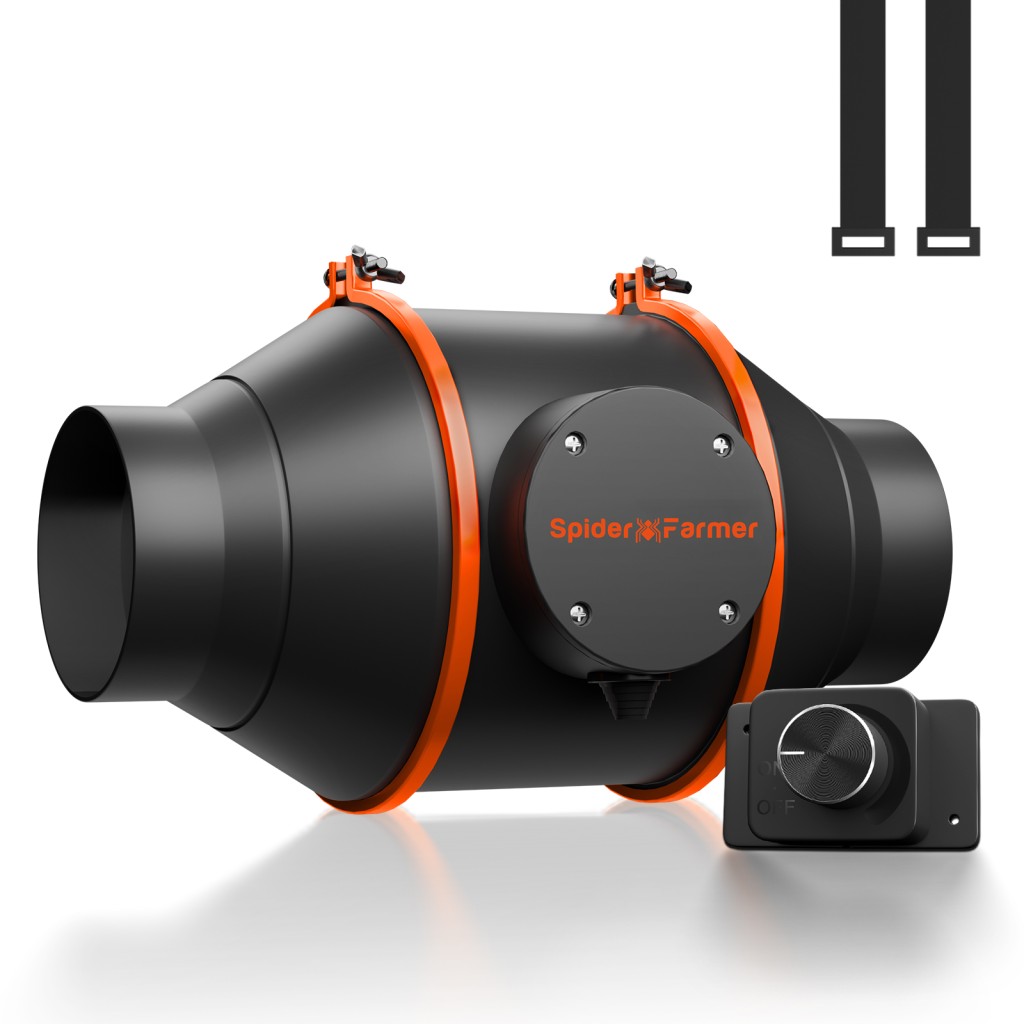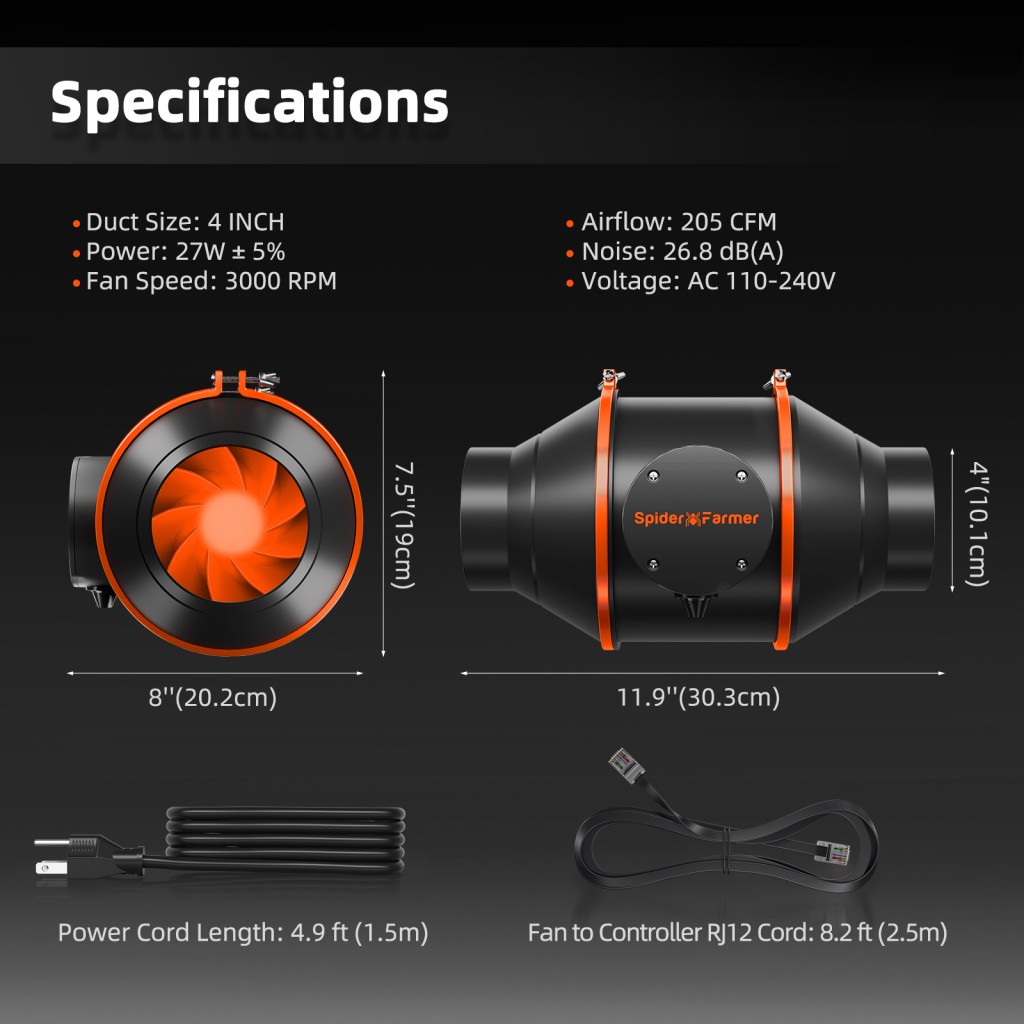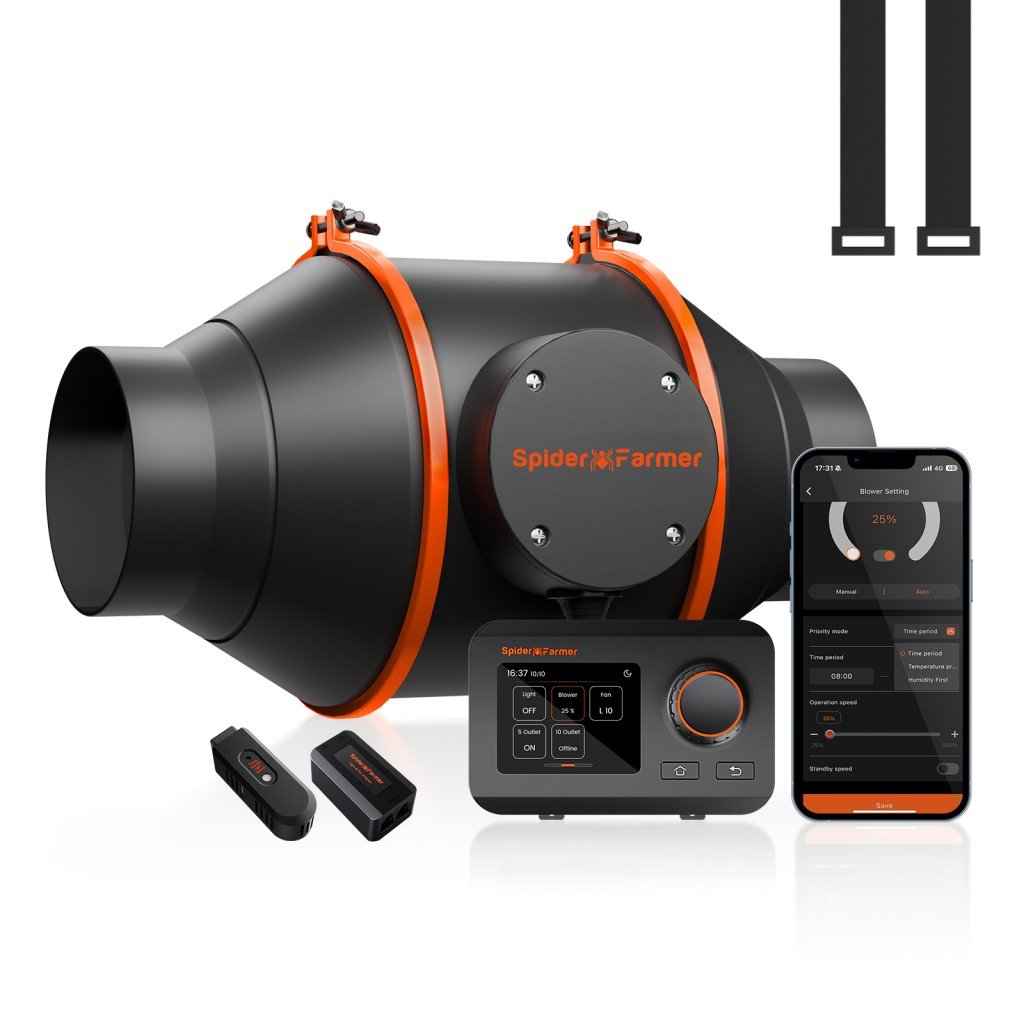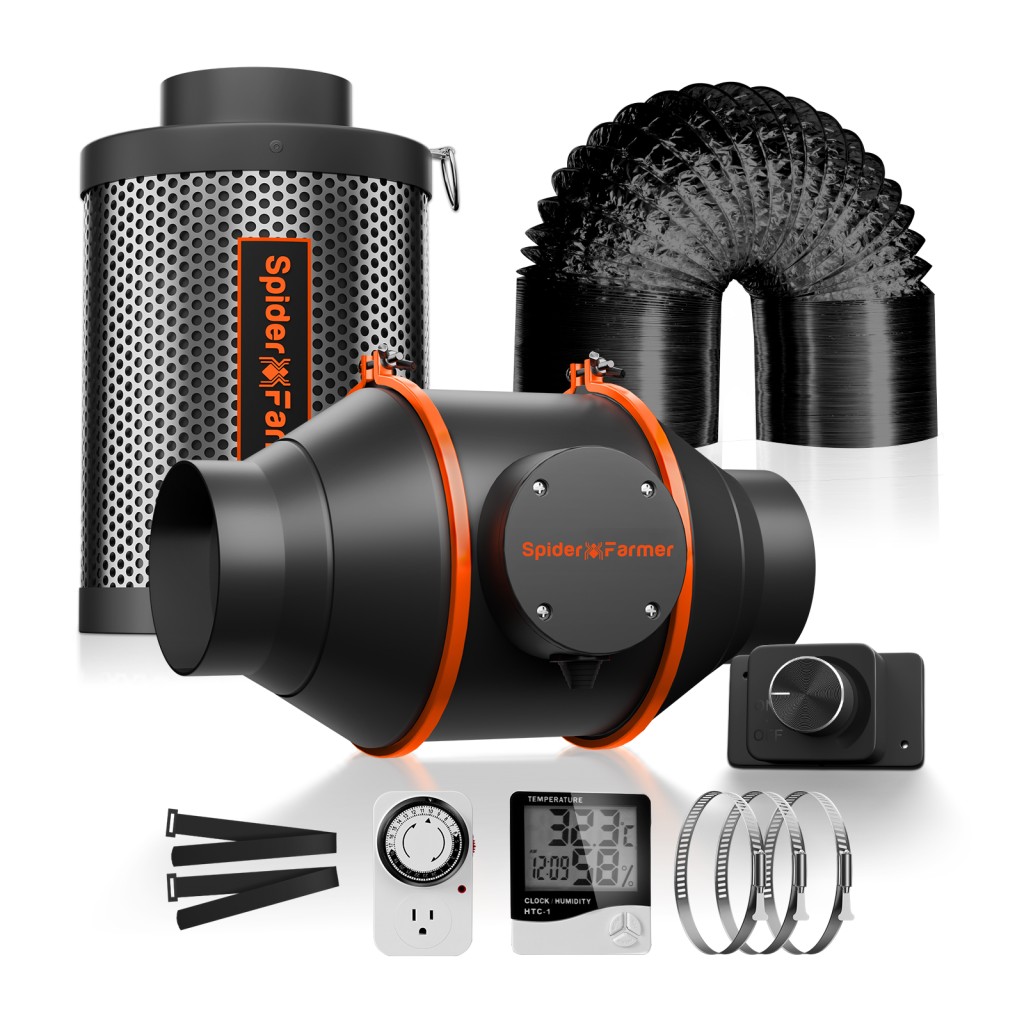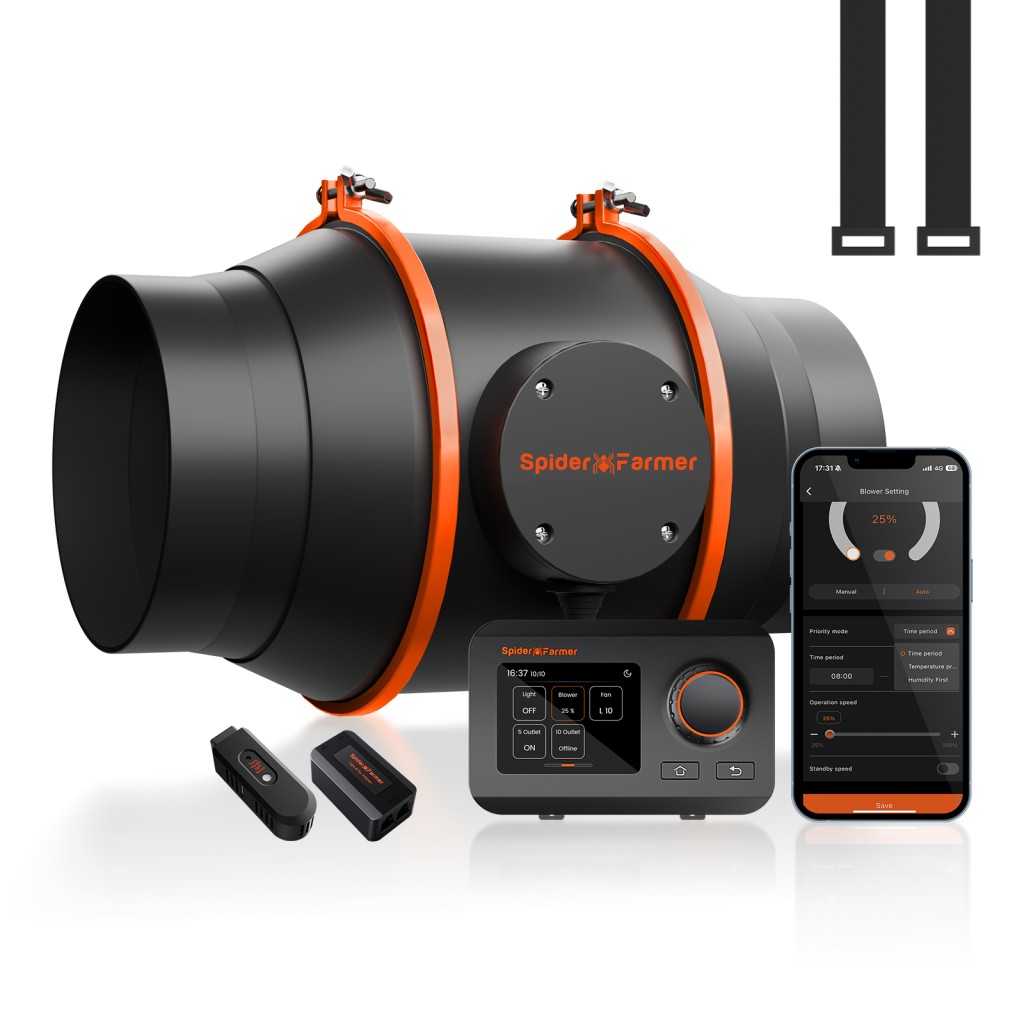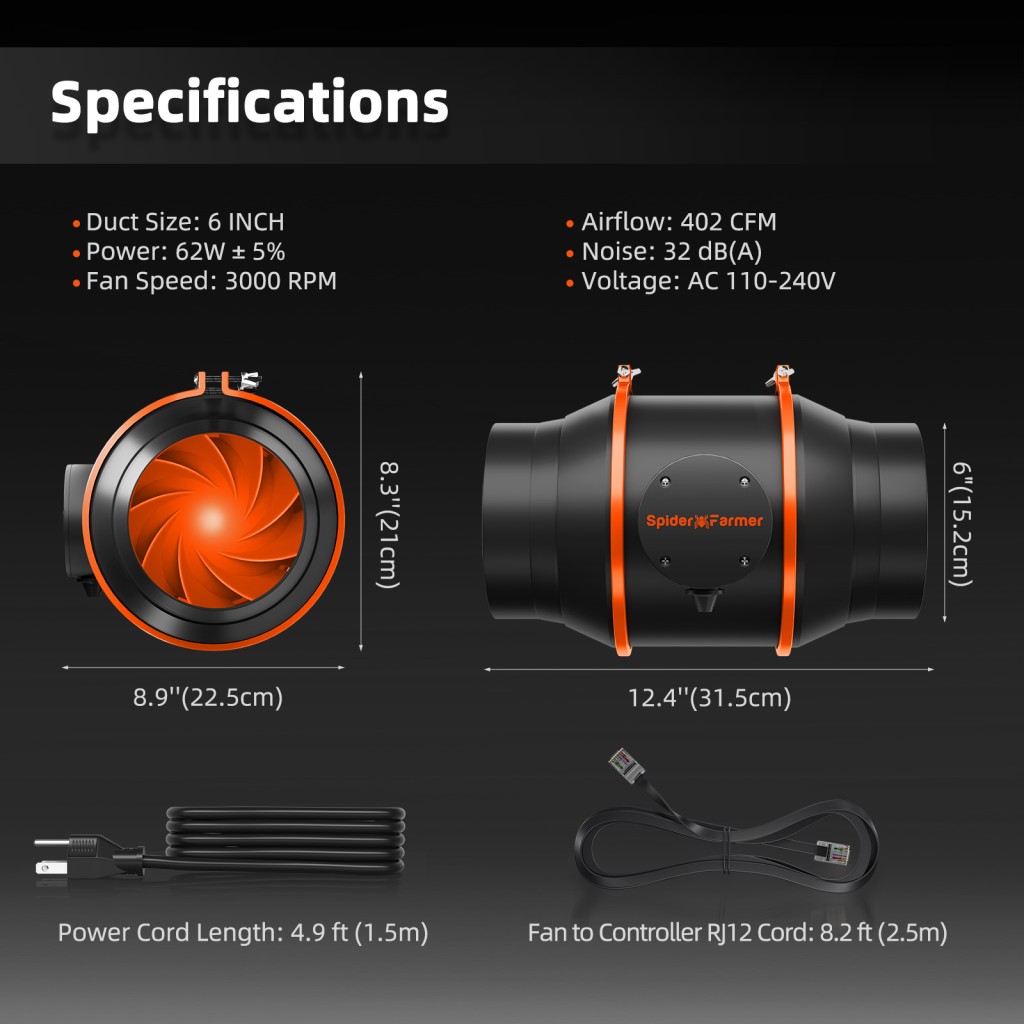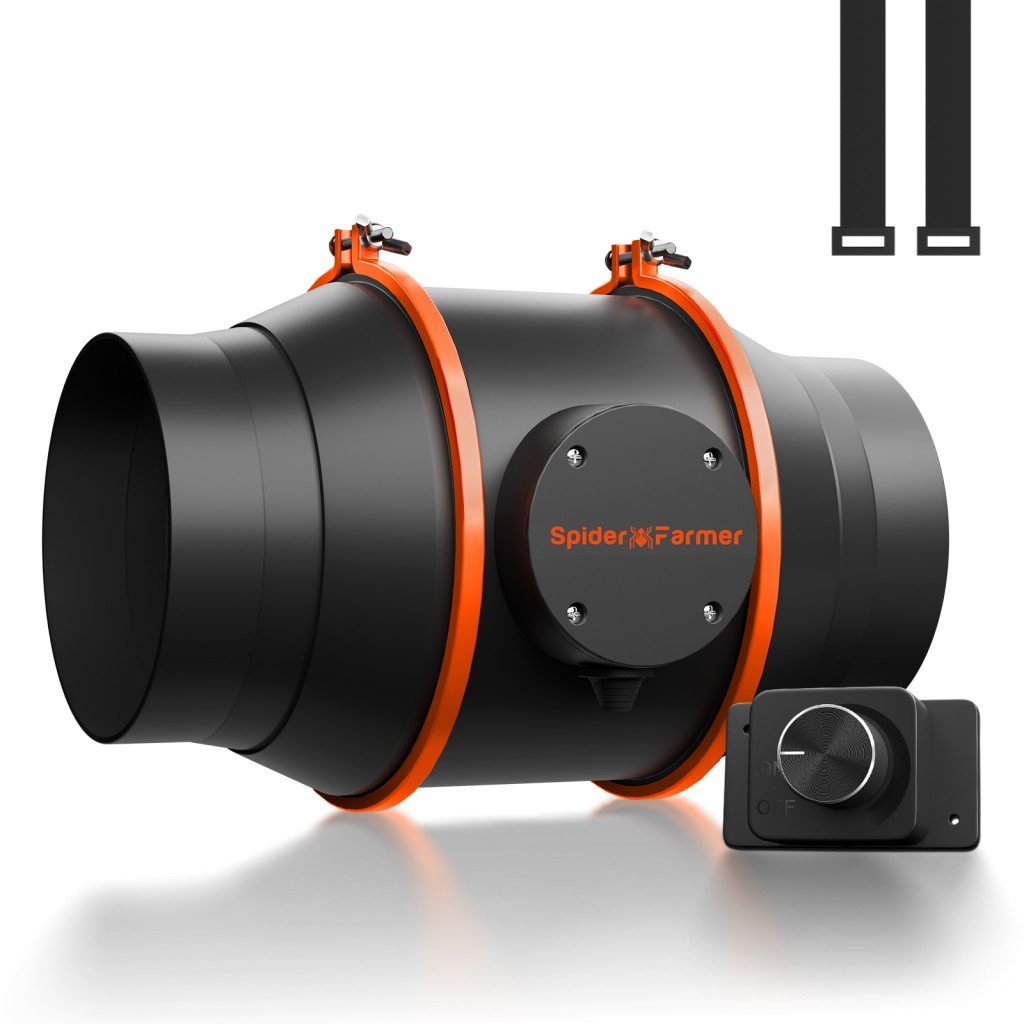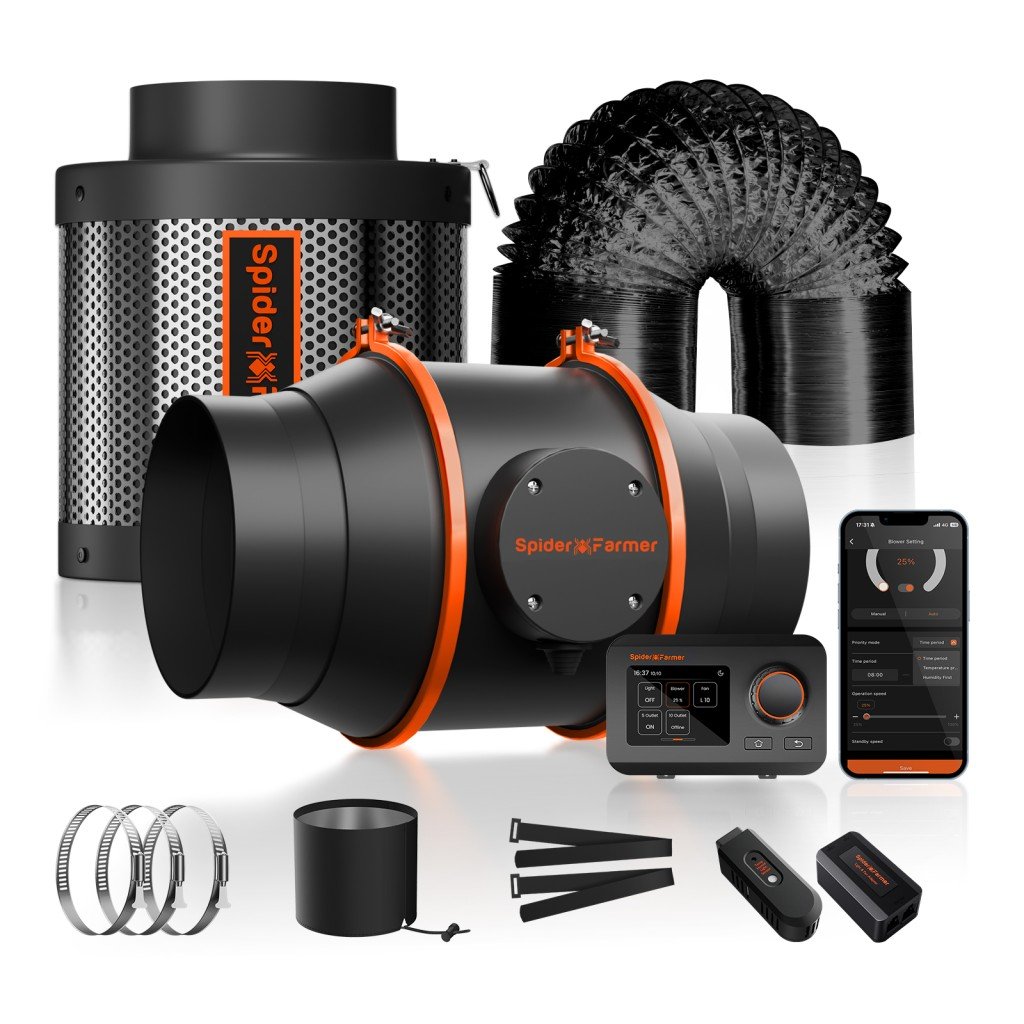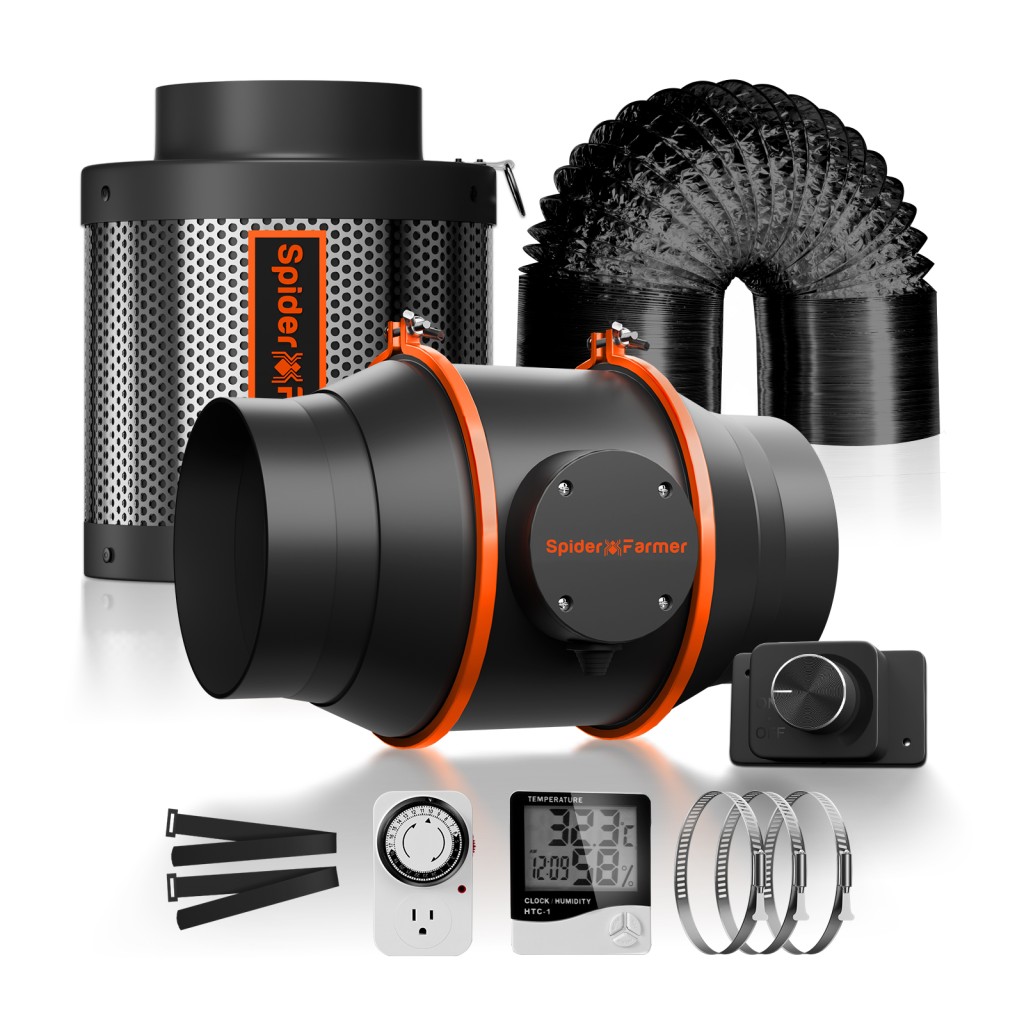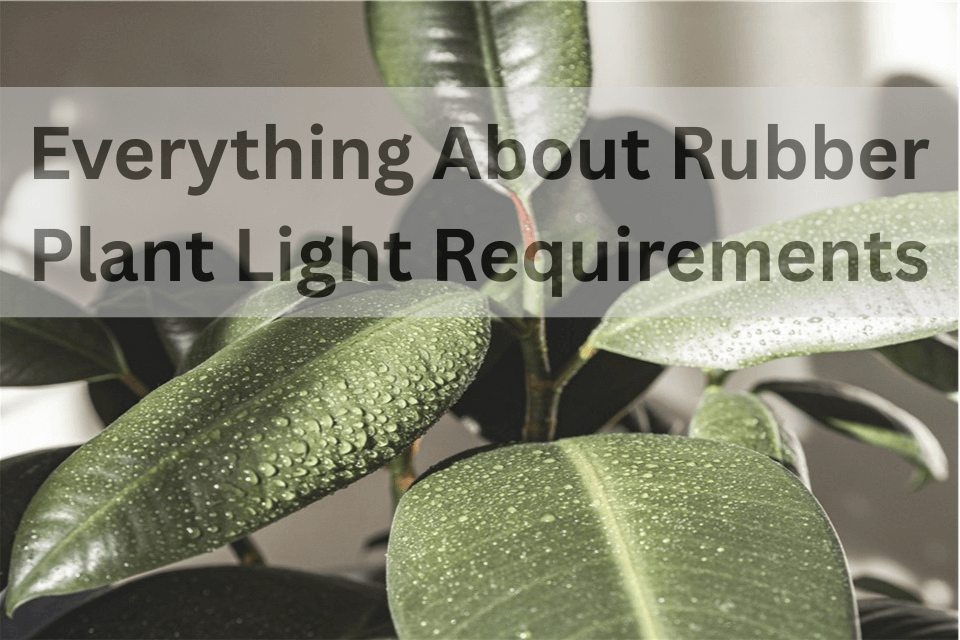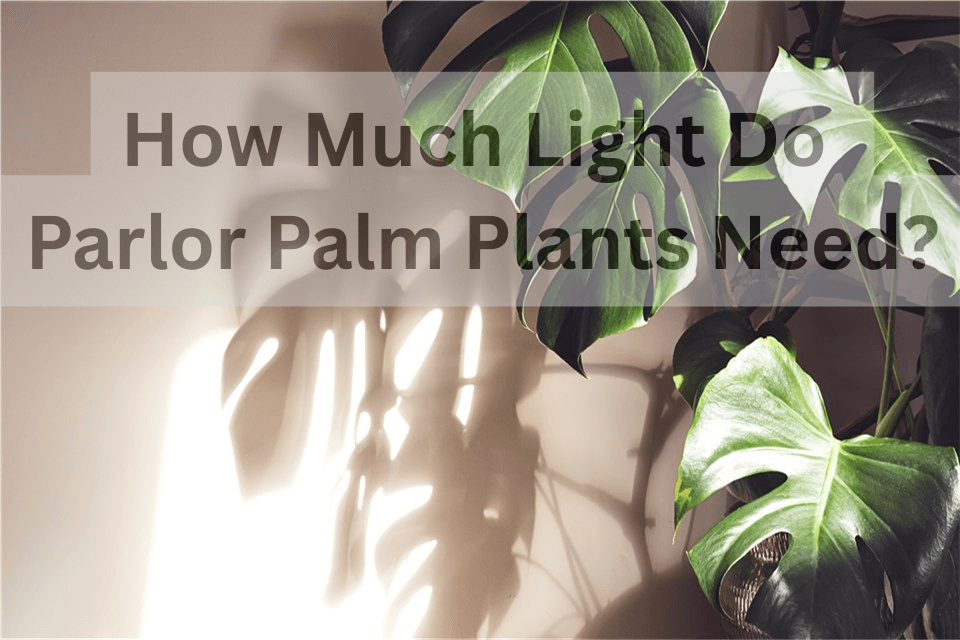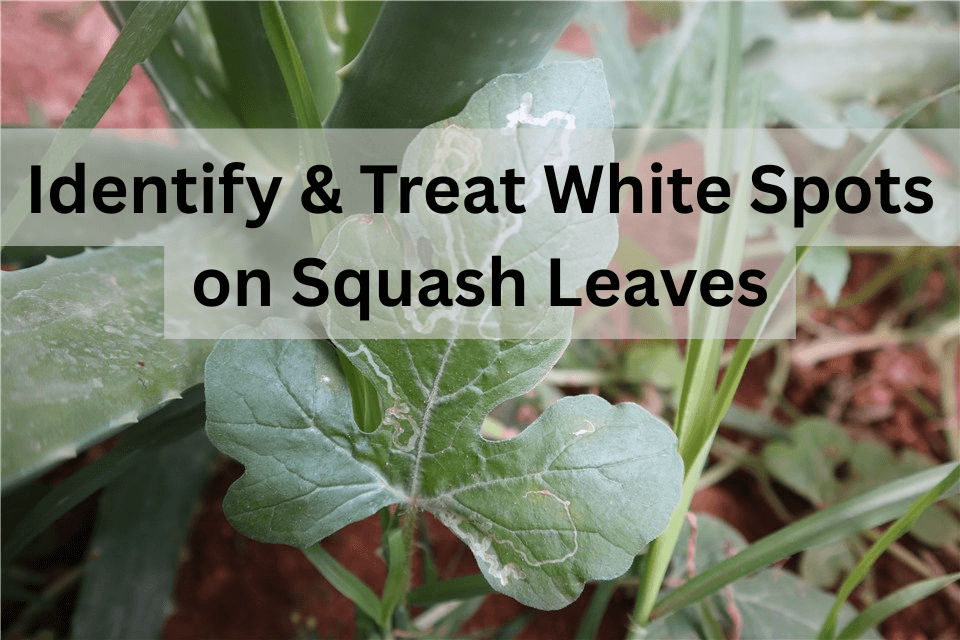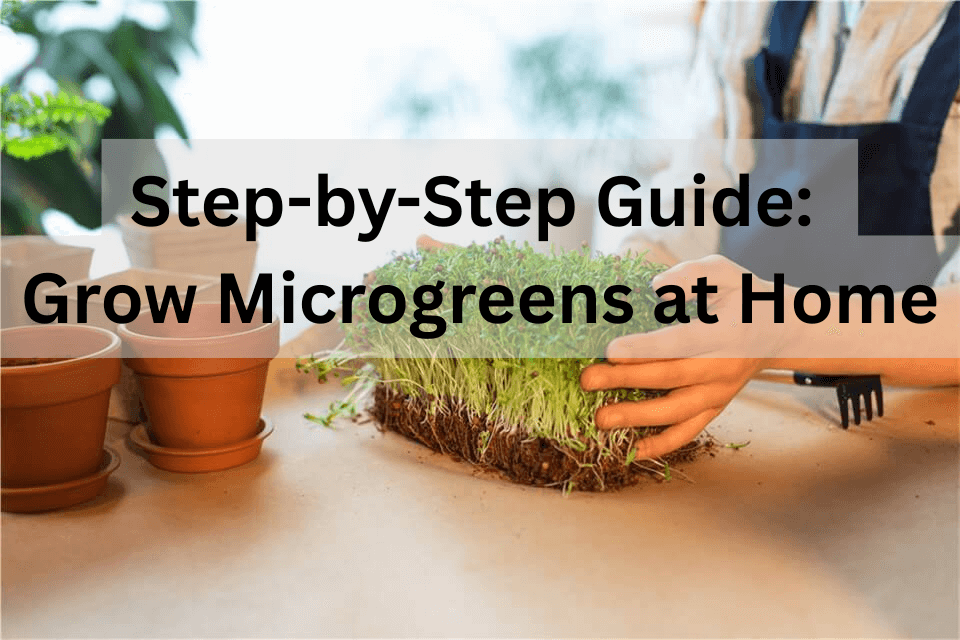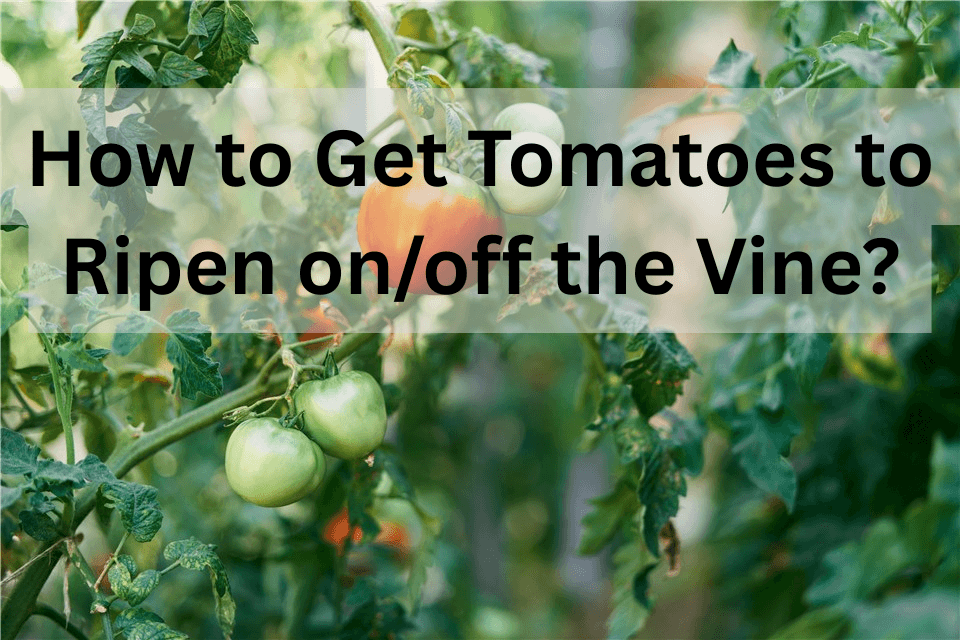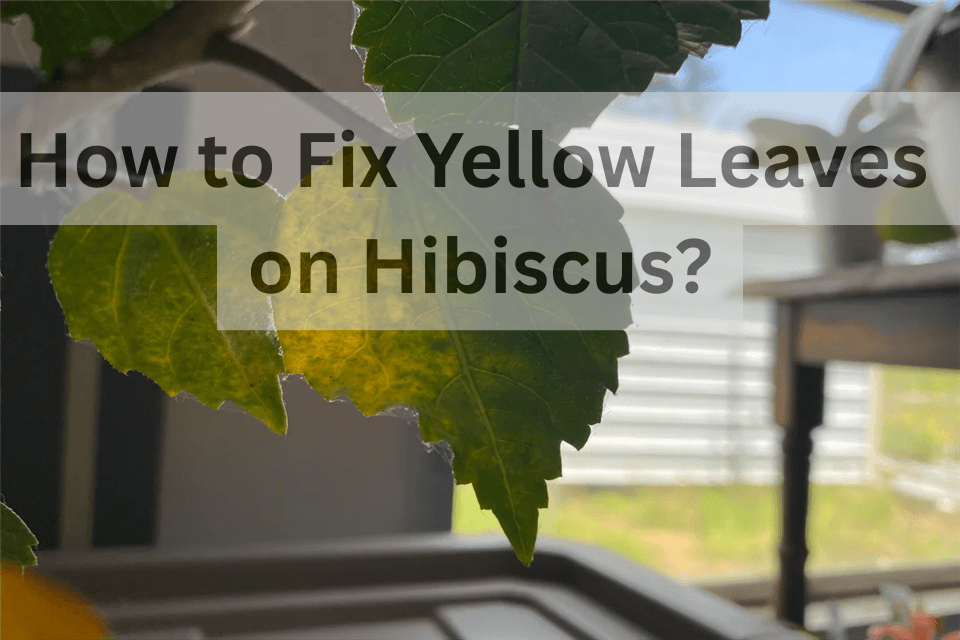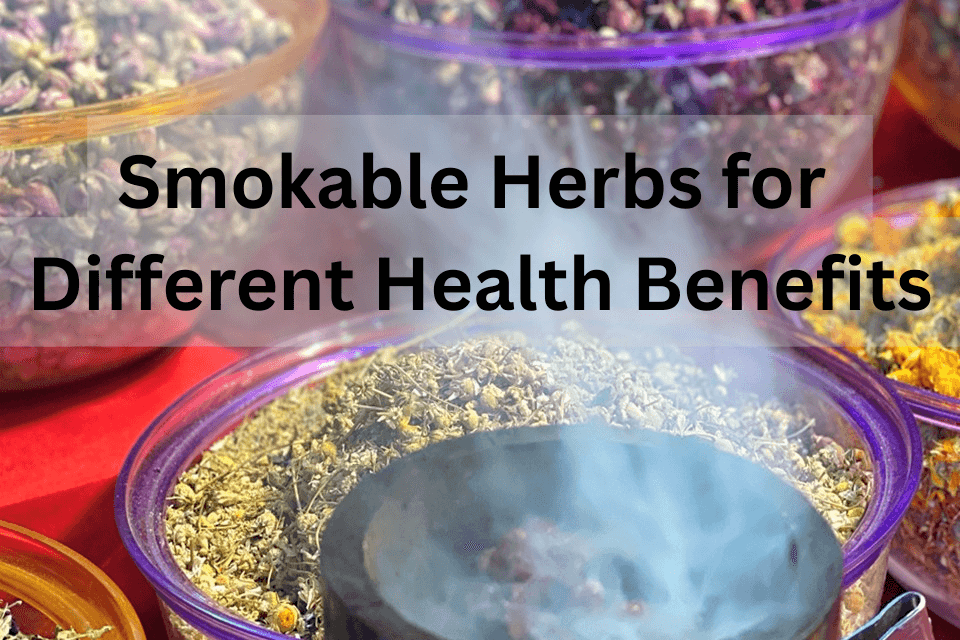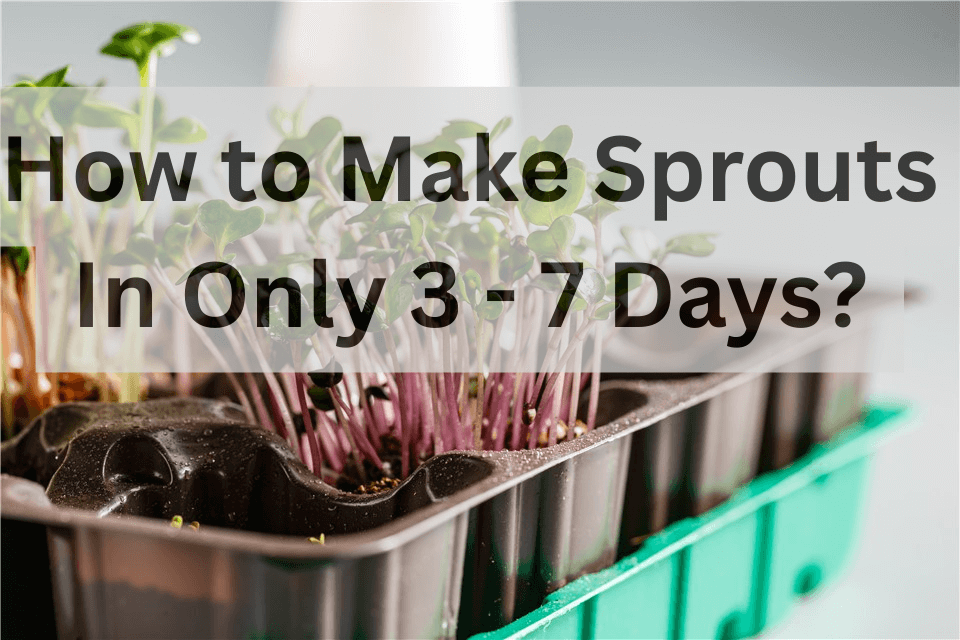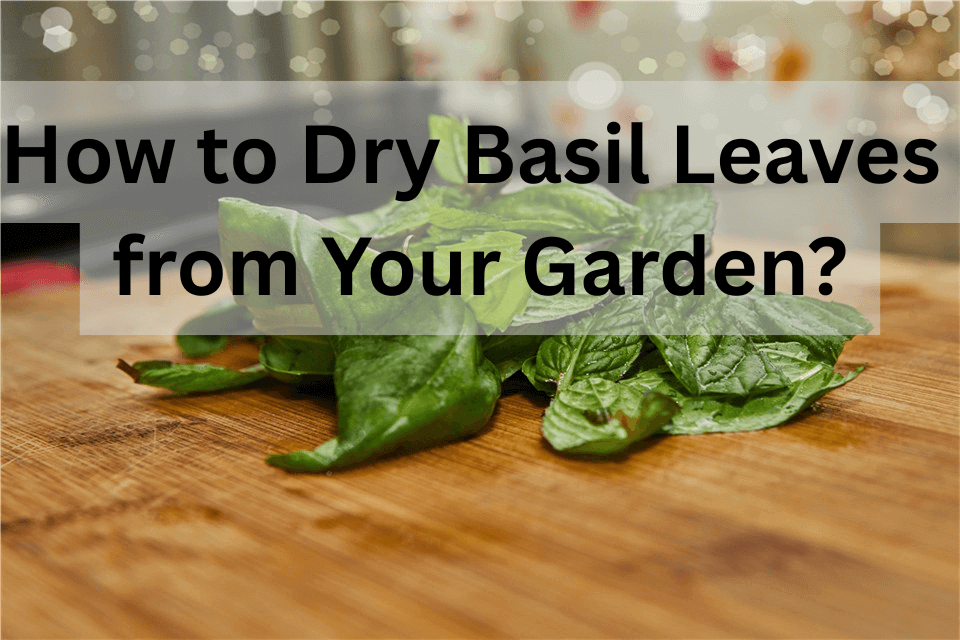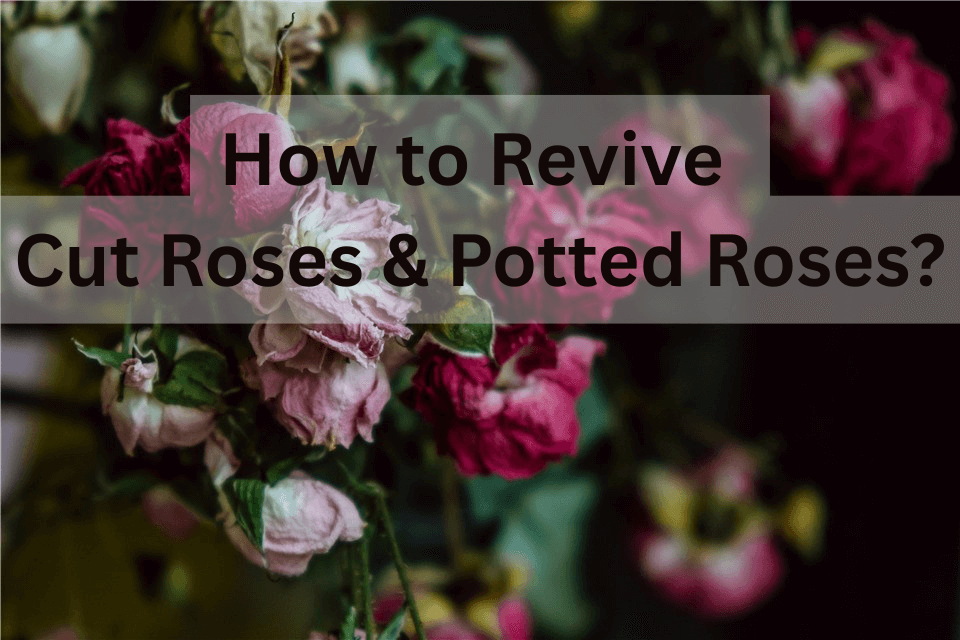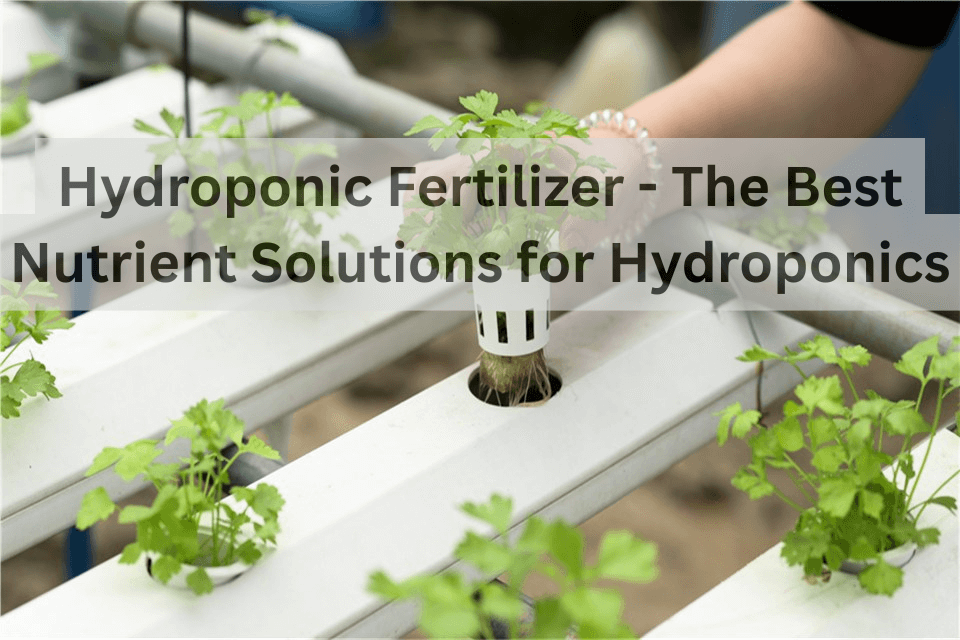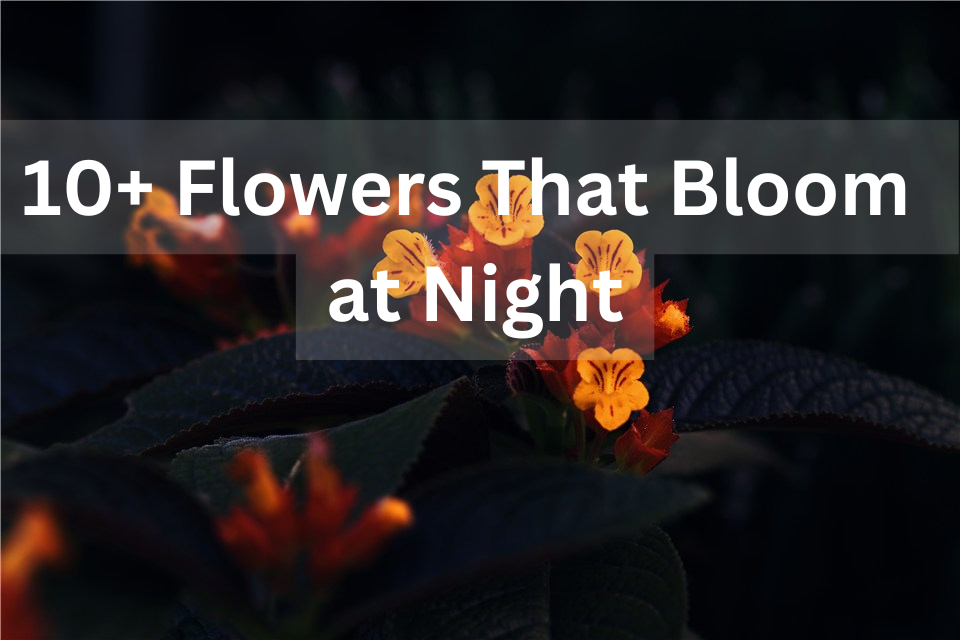Air is an essential element for survival and plant growth. It plays a multifaceted role in supporting various biological processes that are fundamental to plant health and development. From providing the necessary gases for photosynthesis and respiration to influencing temperature control and disease prevention, air is a vital component of the plant’s environment.
In this article, we’ll take a quick look at how air helps plants grow. Also, we’ll discuss whether plants could survive without air. Keep reading and learn how to bring more air to your plants.
Table of Contents
How Does Air Help Plants to Grow?
Fresh air is good for plants. It provides essential gases like carbon dioxide for photosynthesis and oxygen for respiration, which are crucial for plant growth and energy production. Also, it helps maintain optimal temperatures through transpiration, reducing the risk of heat stress.

How Does Air Help Plants Grow?
Here are the specific reasons why plants need oxygen:
Air Circulation
Good air circulation is essential for preventing the buildup of harmful gases and maintaining a healthy environment for plants. It helps in the exchange of gases, prevents fungal and bacterial diseases, and strengthens plant stems through a process called thigmomorphogenesis.
Photosynthesis
Plants require carbon dioxide (CO₂) from the air to perform photosynthesis, a process where they convert sunlight, CO₂, and water into glucose, which serves as their food. Without sufficient CO₂, plants cannot produce the energy they need to grow.
Respiration
Plants also need oxygen (O₂) from the air to respire, which is the process of breaking down sugars to release energy for their cells. This is essential for their survival, especially during periods of darkness when photosynthesis is not occurring.
Root Health
Air in the soil is vital for root health. Roots need oxygen to function properly and absorb water and nutrients. Overwatering or compacted soil can reduce the amount of air available to roots, leading to root rot, leading to plant stress, and reducing lifespan.
Transpiration and Cooling
Air movement helps plants cool down through a process called transpiration, where water evaporates from the leaves. This process removes excess heat and helps maintain optimal temperatures for plant growth. Proper air circulation also prevents the buildup of excess humidity, which can lead to fungal diseases.
Nutrient Uptake
Air circulation also aids in the uptake of nutrients by increasing the rate of transpiration, which in turn helps plants absorb more water and nutrients from the soil.
How Do You Increase Airflow in Plants?
To get more air for your plant growth, you can follow these strategies:
Optimize Plant Placement
- Spacing: Avoid overcrowding your plants. Provide ample space between them to allow for better airflow. A general guideline is to leave at least 6-12 inches between larger plants and 3-6 inches for smaller varieties.
- Height Variation: Arrange your plants at different heights using plant stands or shelves. This allows air to circulate more freely around individual plants.
Use Fans
- Inline Fans: If you have a larger growing area or are utilizing a grow tent, inline fans can help move air efficiently through ducts or ventilation systems.
- Small Desktop Fans: For smaller setups, small desktop fans placed strategically can provide adequate airflow without taking up much space.
2025 New Spider Farmer 4 Inch Inline Fan 205 CFM with Speed Controller, GGS Controller Controllable
In stock
2025 New Spider Farmer 4 Inch Inline Fan 205CFM Exhaust Fan Carbon Filter & Ducting Kits with GGS Controller
In stock
2025 New Spider Farmer 4 Inch Inline Fan 205CFM with GGS Controller Inline-Ventilator für Abluftsysteme
In stock
2025 New Spider Farmer 4-Inch Inline Duct Fan with Speed Controller Ventilation Exhaust Fan 205CFM, GGS Controller Controllable
In stock
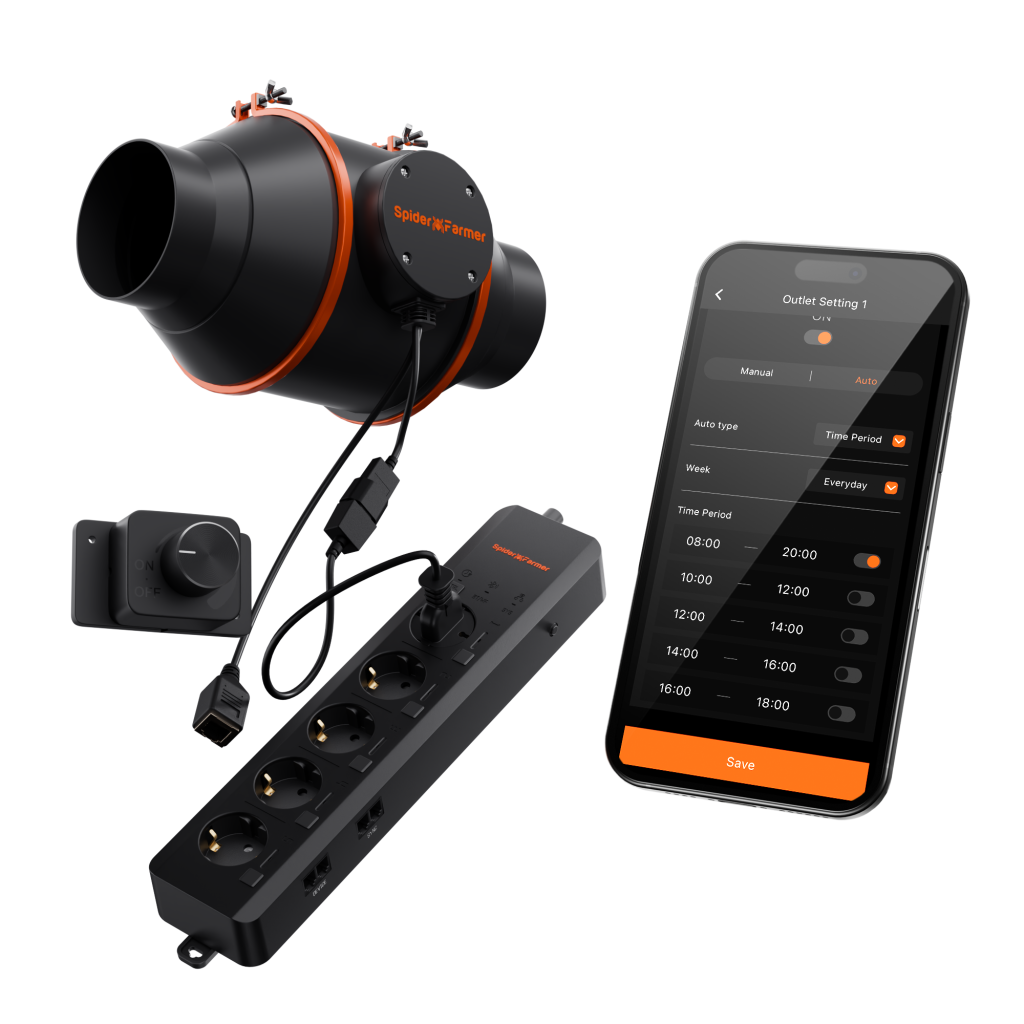
2025 New Spider Farmer 4″/6″ Inline Fan with Speed Controller (RJ12 Port) + GGS AC5 Power Kits
In stock
162,99 € – 175,99 €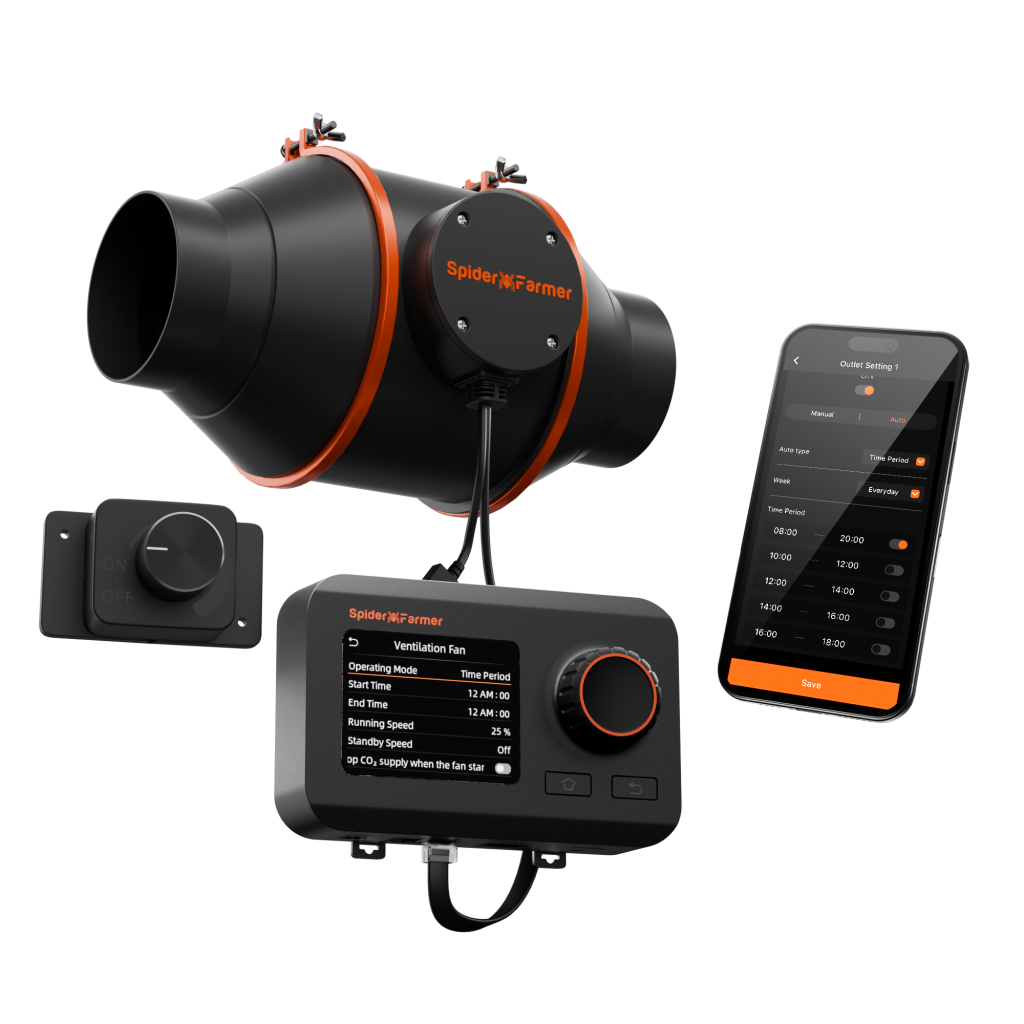
2025 New Spider Farmer 4“/6” Inline Fan with Speed Controller (RJ12 Port)+GGS Controller Kits
In stock
133,99 € – 147,99 €2025 New Spider Farmer 6 inch Inline Duct Fan 402 CFM With GGS Controller Abluftventilator for Grow Tents
In stock
2025 NEW Spider Farmer 6 Inch Inline Duct Fan Exhaust Fan 402CFM with Speed Controller (RJ12 Port), GGS Controller Compatible
In stock
2025 New Spider Farmer 6 Inch Inline Duct Fan Kits 402CFM with GGS Controller Abluftventilator Ventilation System
In stock
2025 New Spider Farmer 6 Inch Inline Fan Air Carbon Filter Ducting Belüftungssystem with Speed Controller, GGS Controller Controllable
In stock
Bundle Sale I Spider Farmer 4 Inline Fan 205CFM with GGS Controller Kits + 4 Inch Carbon Filter Abluftventilator for Grow Tent
In stock
Bundle Sale I Spider Farmer 4 Inline Fan 205CFM with Speed Controller (with RJ12 Port) + 4 Inch Carbon Filter Ventilation System
In stock
Install Ventilation Systems
Also, you can install ventilation systems for your grow tent.
- Intake Vents: Ensure that fresh air can freely enter the growing space by installing intake vents or windows when possible.
- Exhaust Fans: Removing stale air from the growing area helps maintain fresh CO2 levels. Exhaust fans should be positioned near the top of the growing area since hot air rises.
What Happens to Plants without Air?
On the contrary, you should also know what your plants may face without air.
Without air, plants face several critical issues. They cannot obtain the carbon dioxide needed for photosynthesis, halting food production and energy generation. Oxygen for respiration is also unavailable, disrupting cellular functions and energy release. In the soil, roots suffer from oxygen deprivation, leading to root rot and reduced nutrient uptake.
Stagnant air raises humidity, fostering mold and mildew growth. Without air circulation, plants become weak and more susceptible to pests and diseases. Overall, the absence of air severely hampers plant growth, health, and survival.
Do Plants Consume Oxygen at Night?
Yes, plants consume oxygen at night. During the day, plants perform photosynthesis, using sunlight or LED grow lights to convert carbon dioxide and water into glucose and oxygen. At night, when there is no sunlight, photosynthesis stops, but plants continue to respire. Respiration is the process by which plants break down glucose to release energy, and it requires oxygen.
Therefore, plants take in oxygen and release carbon dioxide during the night. This is why it's important to ensure good air circulation and adequate oxygen levels around plants, especially in indoor environments.
Does Soil Have Oxygen?
Yes, soil contains oxygen, which is essential for plant growth and the health of soil microorganisms. Oxygen in the soil is primarily found in the pore spaces between soil particles. These pores allow air to circulate and provide a habitat for aerobic microorganisms, such as bacteria and fungi, which play a crucial role in decomposing organic matter and nutrient cycling.
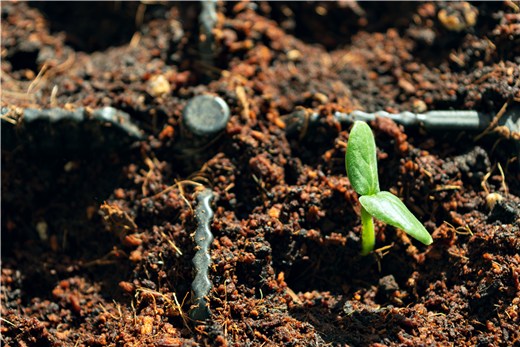
Does Soil Have Oxygen?
Well-aerated soil with good structure and drainage ensures that plant roots have access to the oxygen they need for respiration, which is vital for their metabolic processes and overall health. Conversely, compacted or waterlogged soil can reduce pore space, limiting oxygen availability and leading to root suffocation and other plant health issues.
Is it Possible for Plants to Grow without Oxygen?
Plants cannot survive without oxygen. While they produce oxygen through photosynthesis, they also need oxygen for respiration, which is the process of breaking down sugars to release energy for growth and maintenance. In the absence of oxygen, plants cannot perform aerobic respiration, resulting in a halt to their metabolic processes and ultimately leading to their death.
However, some plants can survive temporarily in low-oxygen environments by switching to anaerobic respiration or fermentation, but this is not sustainable for long periods. For example, in waterlogged or flooded soil, plants may develop specialized structures like adventitious roots to access atmospheric oxygen. Additionally, certain aquatic plants and some species like Aloe Vera, can better tolerate low-oxygen conditions. Overall, while plants have some adaptations to cope with temporary oxygen shortages, they fundamentally require oxygen to survive and thrive.
Conclusion
In summary, air is essential for plant growth as it provides the necessary gases for photosynthesis and respiration, supports root health, helps in cooling and disease prevention, and enhances nutrient uptake. If you want to offer more airflow for your plants, you can install inline fans or ventilation systems.


